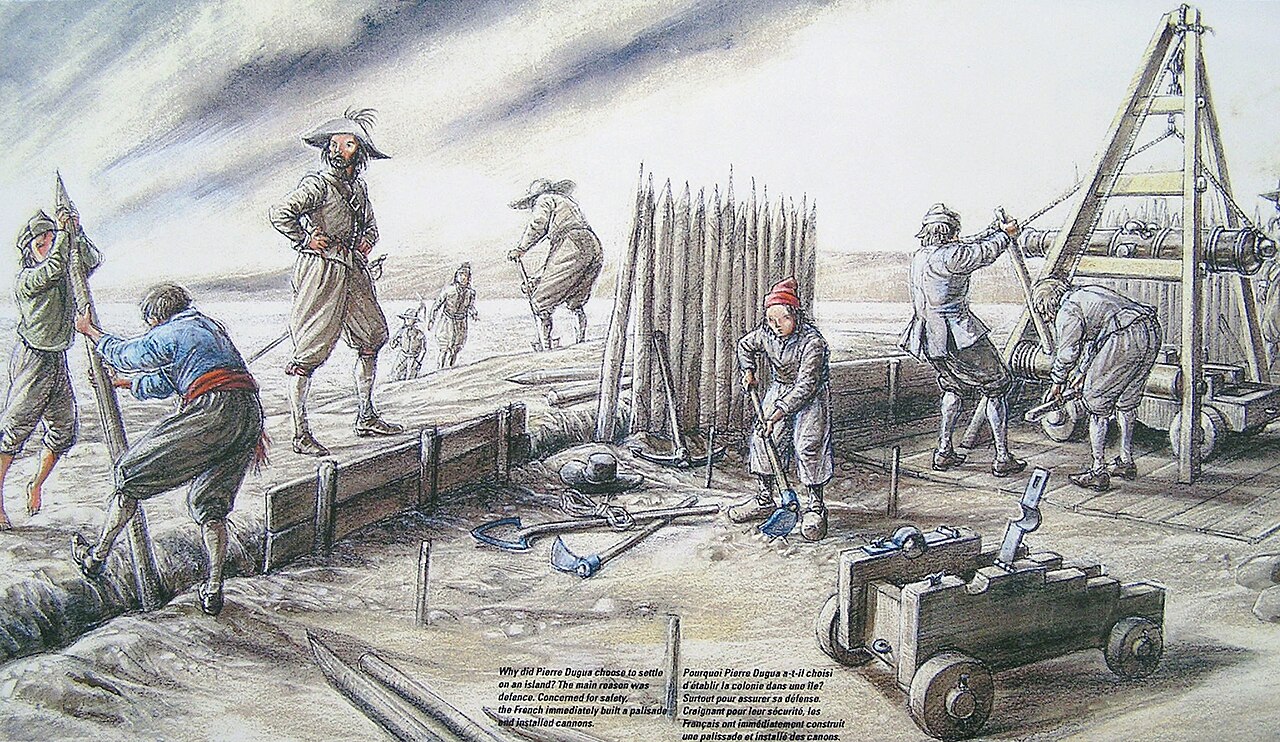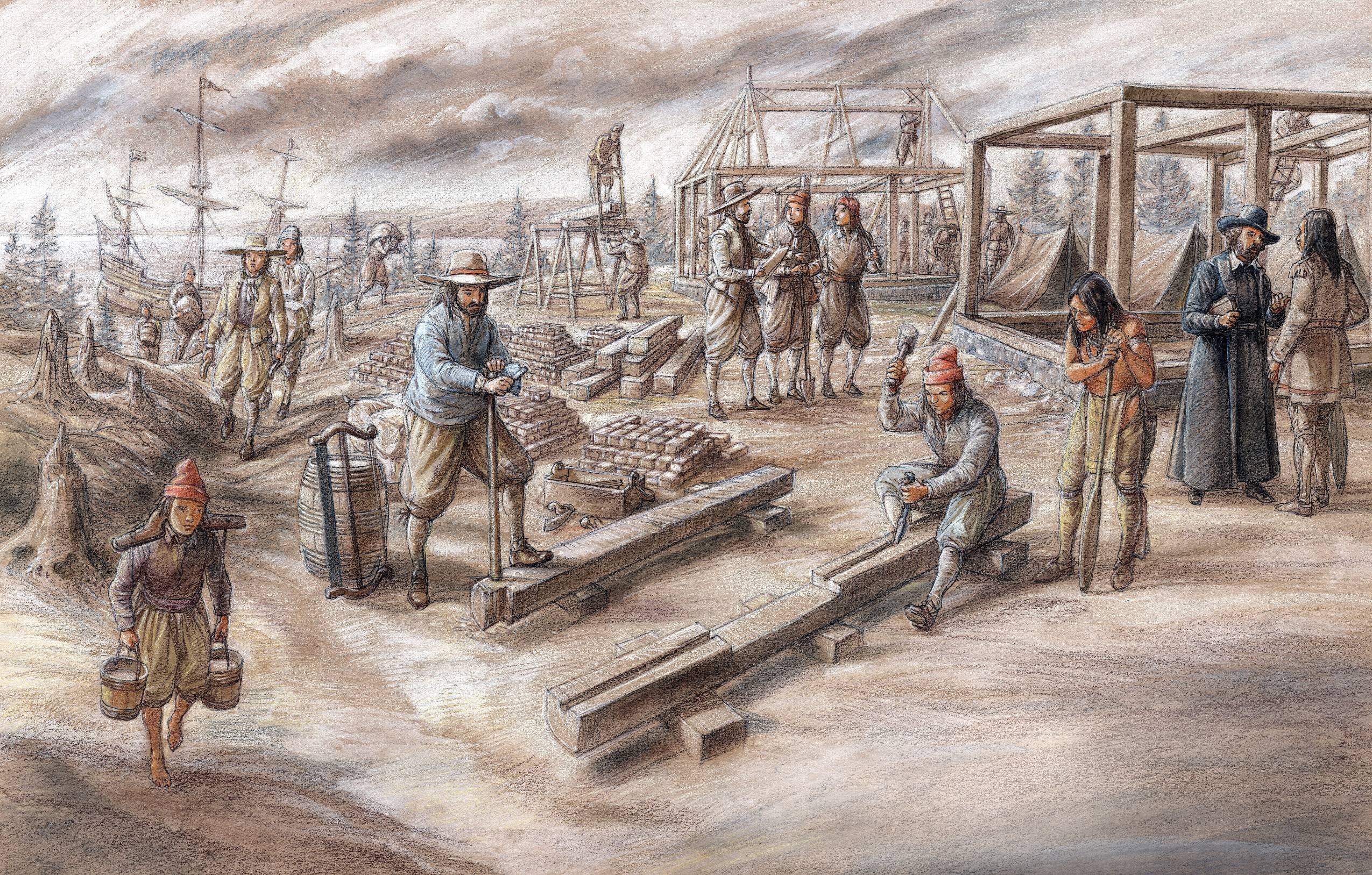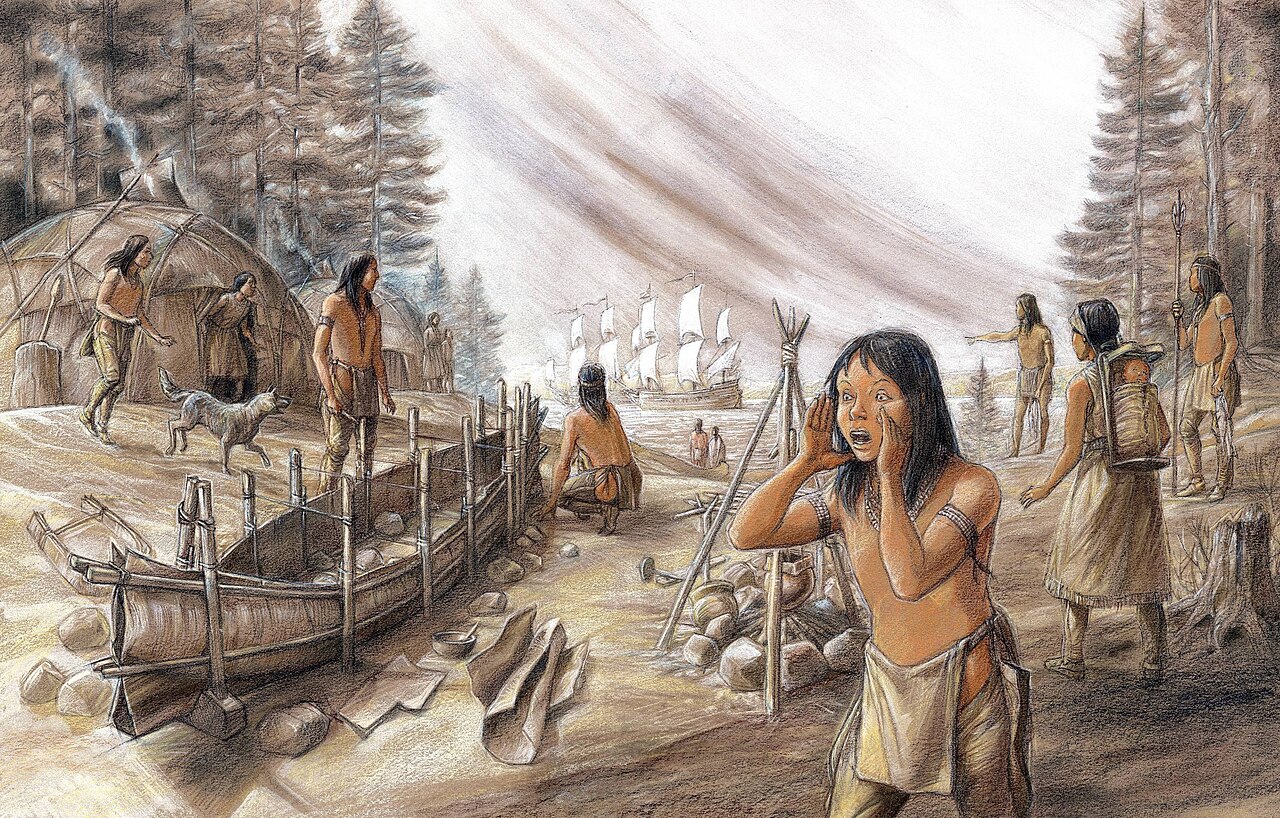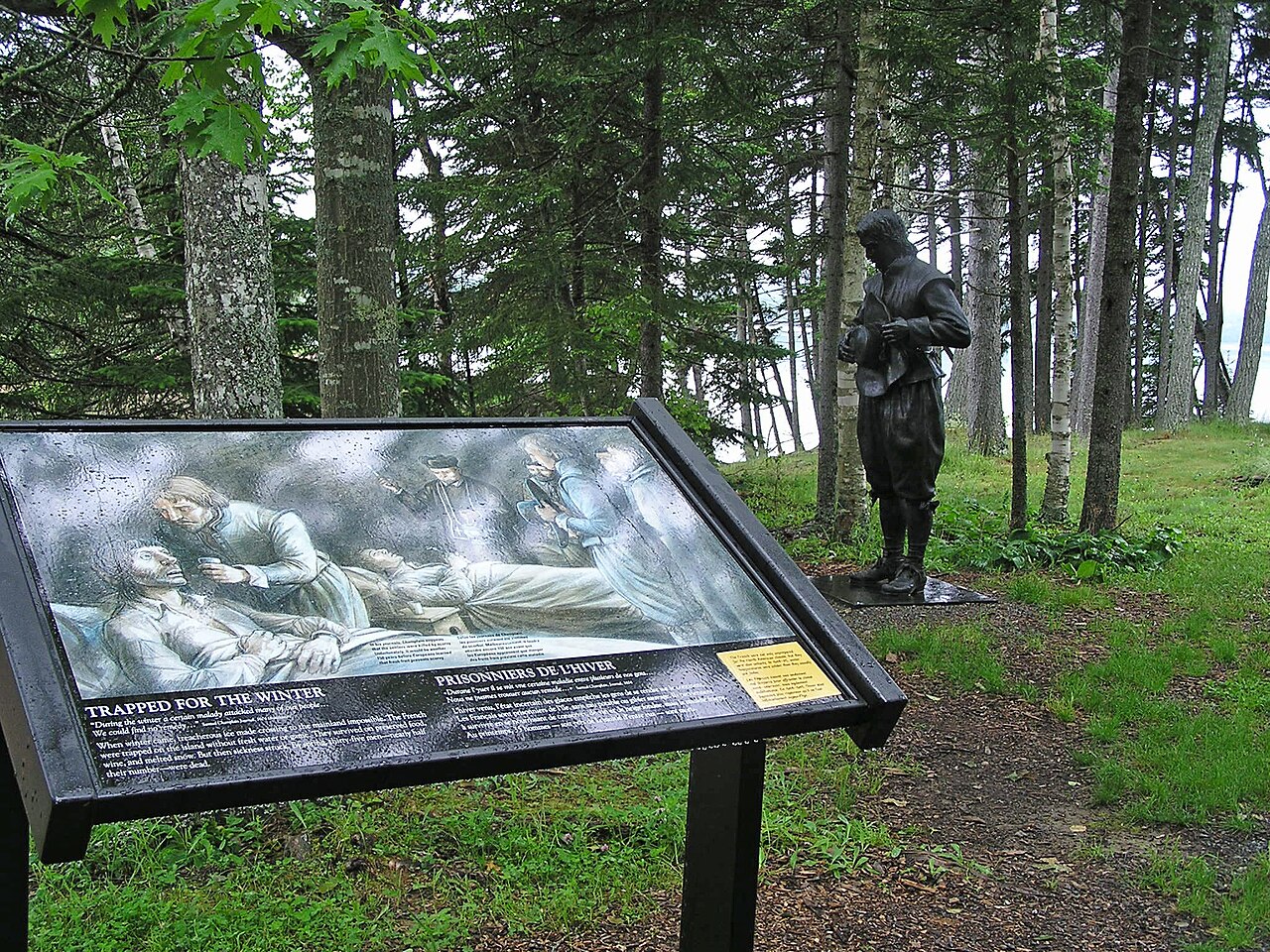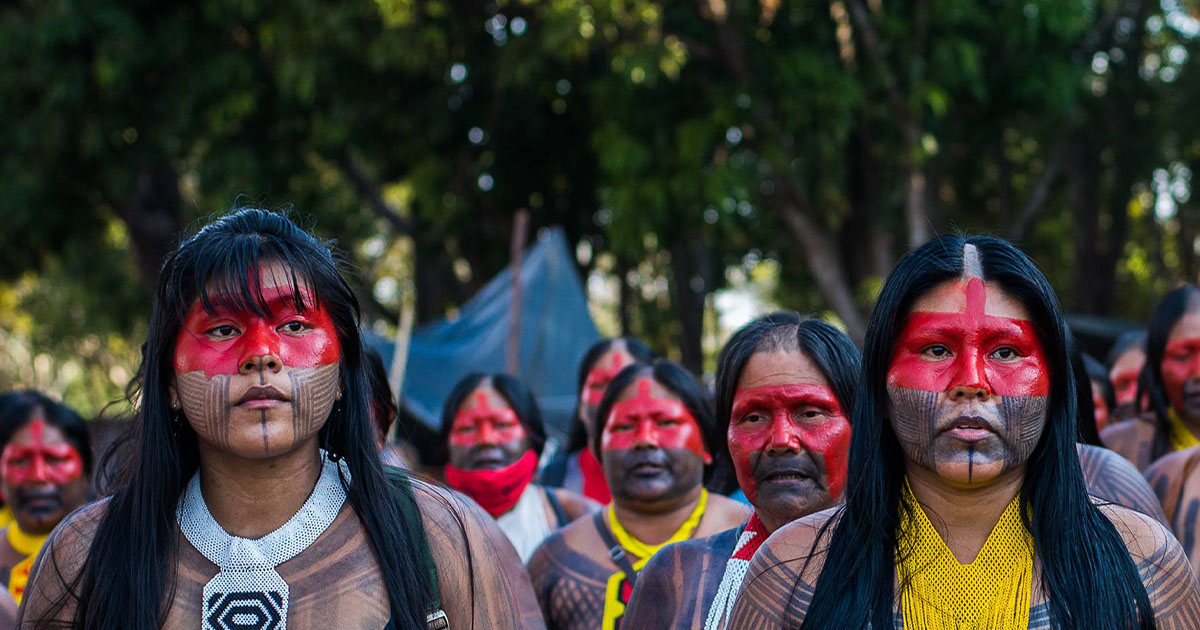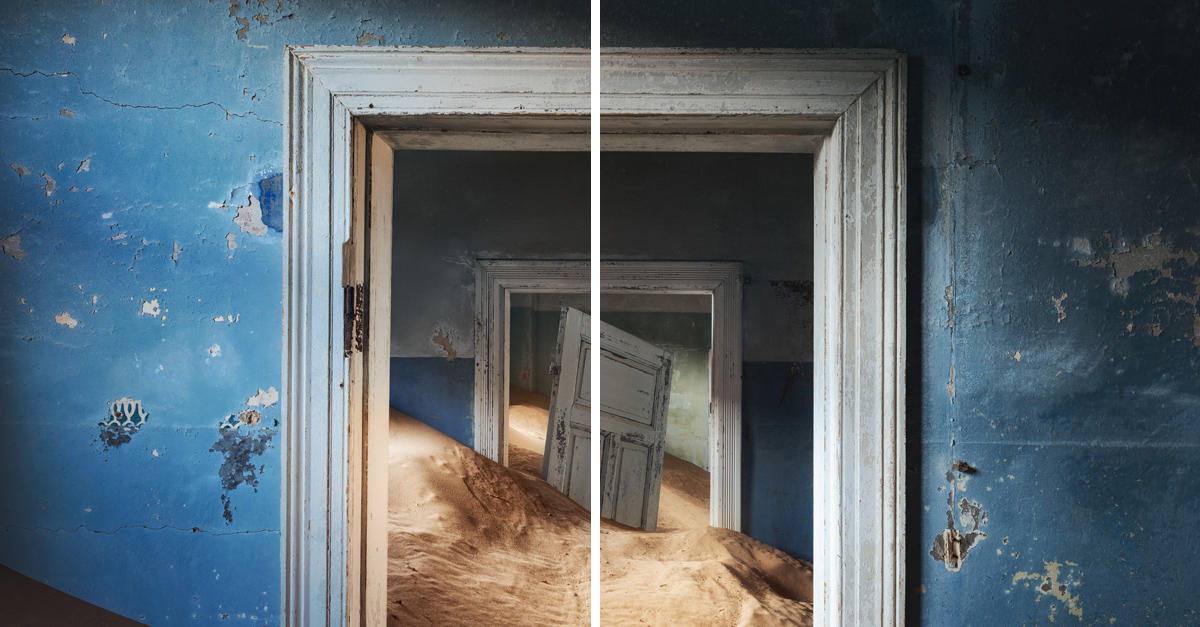These Would-Be Colonizers Failed To Put Down Roots In North America
The history books will tell you that North America was first colonized in 1607, when the English made a permanent settlement at Jamestown, Virginia. Or, when the Vikings arrived here around 1,000 CE and established short-lived roots at L'Anse Aux Meadows in Newfoundland, Canada. In fact, there were many failed attempts to colonize North America in between. Let's examine the history of colonization of this vast place by looking at the colonies that didn't succeed.
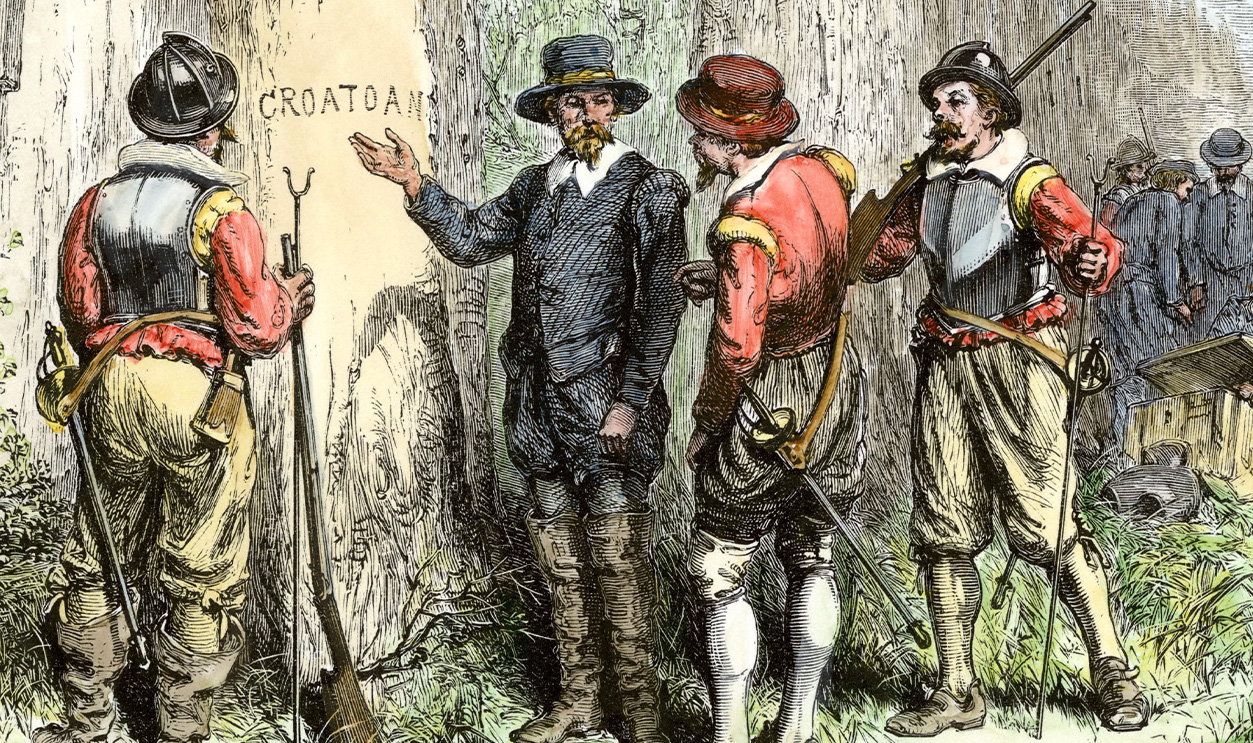
San Miguel De Gualdape, South Carolina
We begin our list in 1521, with the failed colony of San Miguel de Gualdape. Following an expedition from Cuba to South Carolina, the Spanish brought back word of a land with abundant resources and a friendly Native American population that would not need to be conquered. After securing funds from the Spanish crown for exploration, the first Spanish ships arrived on North American soil.
 Internet Archive Book Images, Wikimedia Commons
Internet Archive Book Images, Wikimedia Commons
The First Known European Settlement In North America Is Created
When Lucas Vázquez de Ayllón landed in present-day Winyah Bay, South Carolina in August 1526, he brought with him some 500 colonists and 100 enslaved persons to work the land in the new settlement. Their short-lived rapport with their Native American pathfinders quickly turned sour, and the Natives abandoned them. Lost in an unknown land, they turned back to the ship, only to see that the boat carrying their food stores was sinking.
 Internet Archive Book Images, Wikimedia Commons
Internet Archive Book Images, Wikimedia Commons
Scouts Set Off In Search Of More Suitable Settlement
Living off the land, de Ayllón organized a scouting party to travel overland in search of a more suitable settlement. After a few days, scouts returned, stating that they'd found a place some 200 miles from Winyah Bay. Setting off in their ships, they arrived at the new place—christened "San Miguel de Gualdape" after the feast of Saint Michael.
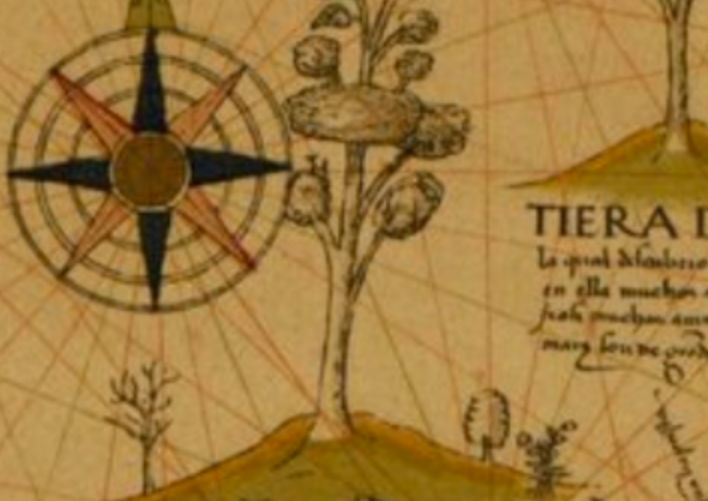 Map by Diego Ribero, Wikimedia Commons
Map by Diego Ribero, Wikimedia Commons
An Almost Immediate Failure
San Miguel de Guadalupe was the first known European colony in over five centuries. Unfortunately, it was almost an immediate failure. The would-be conquistadors had arrived too late in the year to plant crops, the Native Americans who already resided near "San Miguel" refused to trade with them, and the weather in South Carolina in September was not of the Cuban climate.
 Juan Lepiani, Wikimedia Commons
Juan Lepiani, Wikimedia Commons
Disease & Mutiny
Due to the cold and lack of food and fresh water, many of the colonists and their slaves became sick with disease. Dysentery was common and killed nearly 350 out of the original 500 that had landed, including de Ayllón himself. In the weeks after de Ayllón's death, the colonists broke off into two factions—those who wanted to leave and those who didn't. Full-blown mutiny would take hold and slave houses would be burned down.
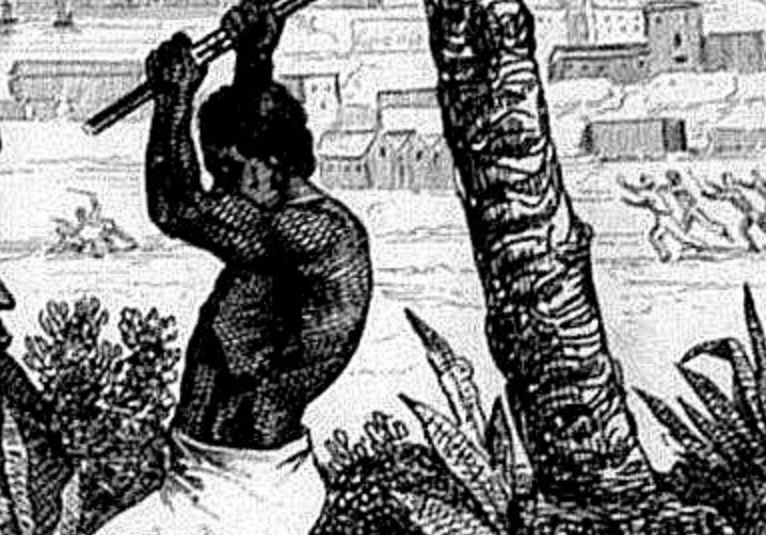 Aaron Martinet, Wikimedia Commons
Aaron Martinet, Wikimedia Commons
Abandoning San Miguel
By November of 1526, the surviving 150 colonists and their slaves decided to abandon the town and sail back to Cuba. The enslaved people that were brought with the colonists were the first documented slaves in North America. They would also partake in the first documented slave revolt in North America. Thus, San Miguel de Gualdape became the first (of many) Spanish colonies to fail spectacularly in North America.
 Frederick James Smyth, CC BY 4.0, Wikimedia Commons
Frederick James Smyth, CC BY 4.0, Wikimedia Commons
Fort Charlesbourg-Royal, Quebec City, Canada
Moving north, we come to the settlement at Fort Charlesbourg-Royal, located in Quebec City, Canada. In the summer of 1541, Jacques Cartier arrived on the shores of North America on his final voyage to the continent from France. Bringing with him 400 people, Cartier would settle on the shores of the Saint Lawrence River.
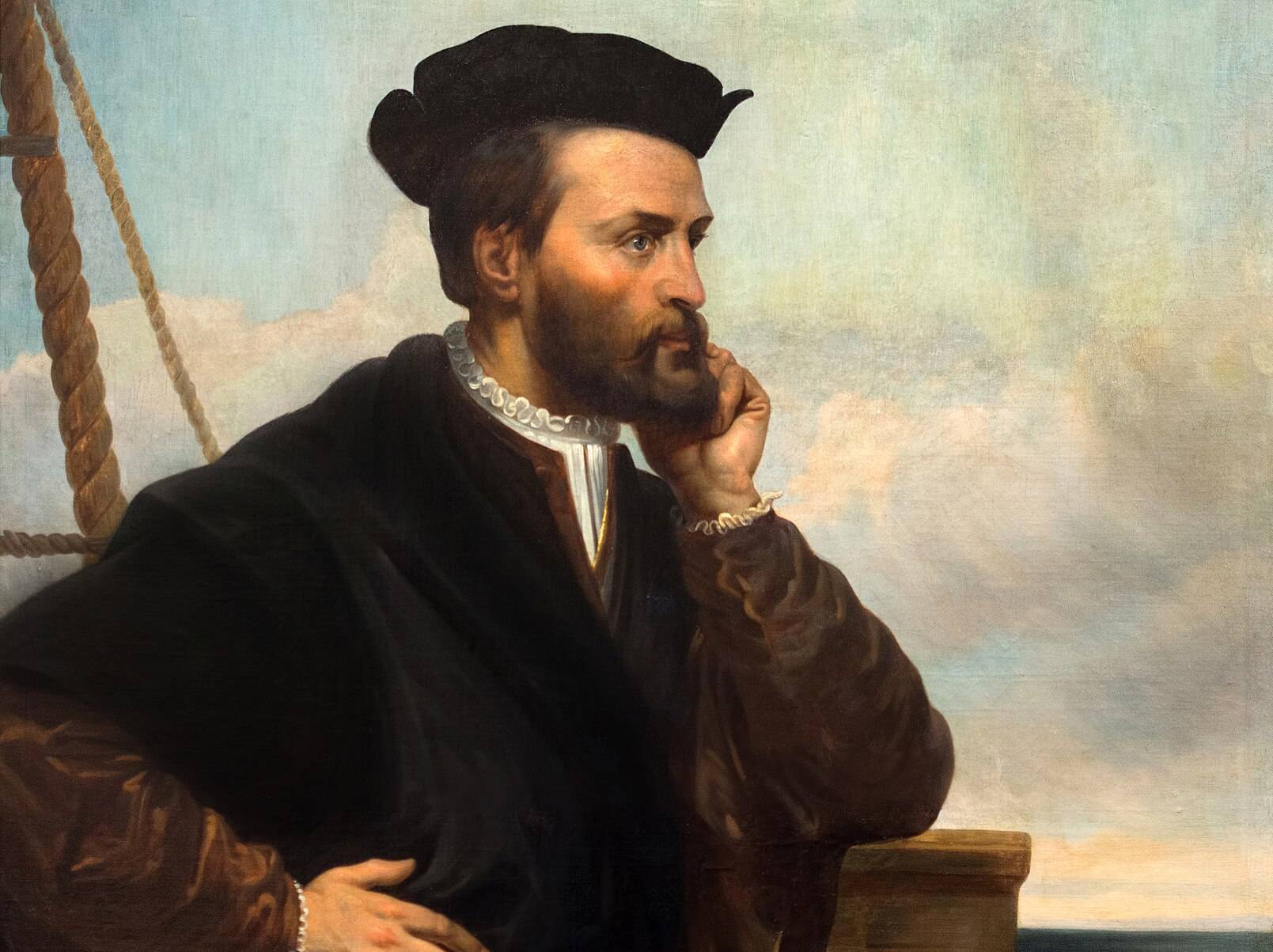 Théophile Hamel, Wikimedia Commons
Théophile Hamel, Wikimedia Commons
Building A Fortification
Jacques Cartier set about building a fortification on the shores of the Saint Lawrence, establishing an upper and lower fort. The lower fortification was an anchor point for ships, while the upper fort was set 130 feet above sea level, providing a defensive position. They also built living quarters on the site.
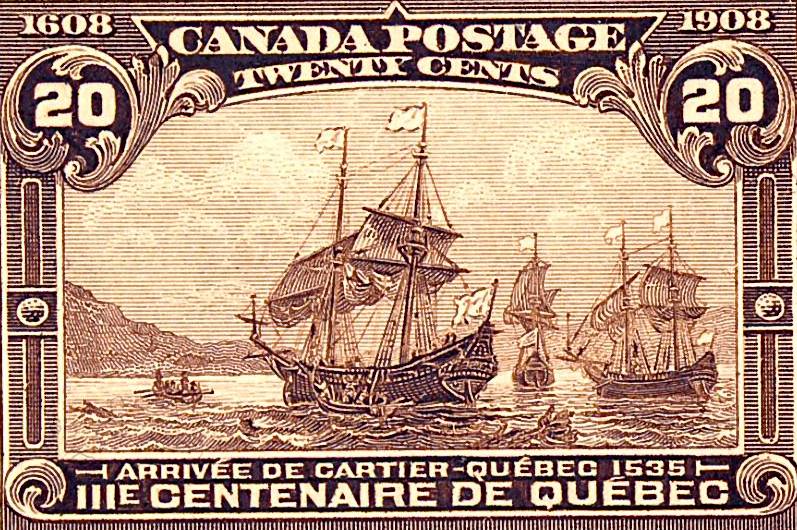 Canada Post Office, Wikimedia Commons
Canada Post Office, Wikimedia Commons
Unprepared For The Harsh Winter
In yet another tale of Europeans significantly underestimating North American winters, Cartier and his men somehow survived the first winter. That's despite the bitter cold and harsh winds off the Saint Lawrence, and the threat of the Iroquois tribes nearby, with whom they were on neutral but not "friendly" terms.
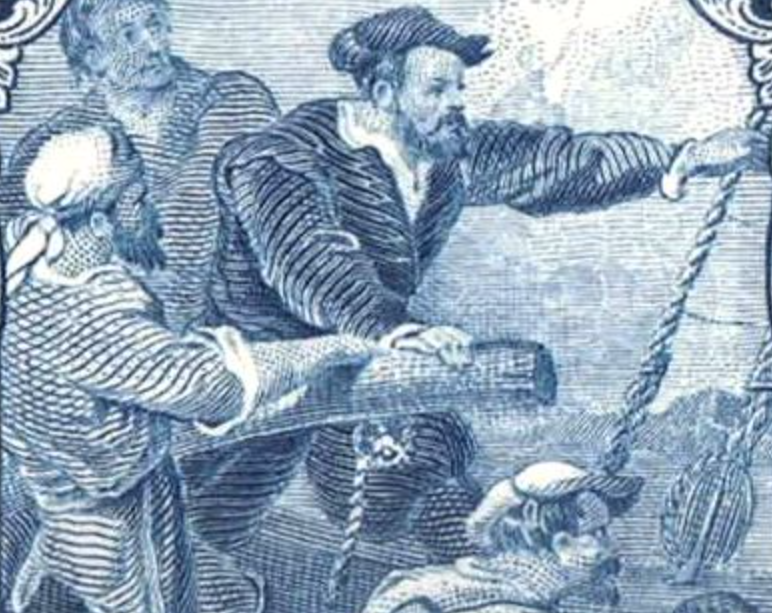 George Arthur Gundersen, Wikimedia Commons
George Arthur Gundersen, Wikimedia Commons
Searching For Precious Metals Turns Ugly
Cartier and his men set about searching the surrounding hills for precious metals like gold, as part of the "mercantilism" strategy that all major European powers were pursuing at the time. Instead, they found a large amount of diamonds. Unfortunately, the settlers soon ran into issues with the local Iroquois, who claimed (rightful) ownership of the materials, and skirmishes broke out.
 Unknown Author, Wikimedia Commons
Unknown Author, Wikimedia Commons
Cartier Abandons The Fort
In 1542, another group of French settlers arrived at the Fort, led by Jean-François de La Rocque de Roberval, much to the initial delight of Cartier and his men. However, things quickly turned south as the two groups of colonists struggled to feed, house, and clothe everyone adequately for the second winter. 35 of Cartier's men died and he decided to abandon the colony, slipping out of the fort under cover of night.
 Walter Baker, Wikimedia Commons
Walter Baker, Wikimedia Commons
Alone In A Hostile Environment
One imagines that La Rocque de Roberval received quite the shock when he awoke the next morning and found him and his settlers alone in the fort, surrounded by scurvy-suffering comrades and hostile Iroquois Natives. Another few months went by and clashes with the Iroquois became more frequent, while the weather got worse and disease claimed more lives. La Rocque de Roberval was left with little choice but to abandon the fort.
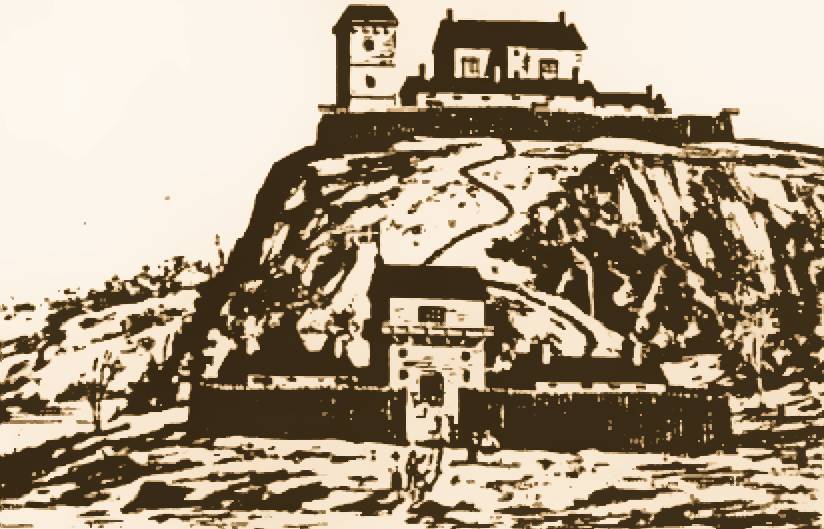 Unknown Author, Wikimedia Commons
Unknown Author, Wikimedia Commons
Cartier's "Gold & Diamonds" Are Worthless
Once back in France, Jacques Cartier learned that all of the suffering had been for nought—the diamonds and gold he thought he'd found were neither diamonds nor gold and were practically worthless. Today, the fort is a National Historic Site in Quebec City.
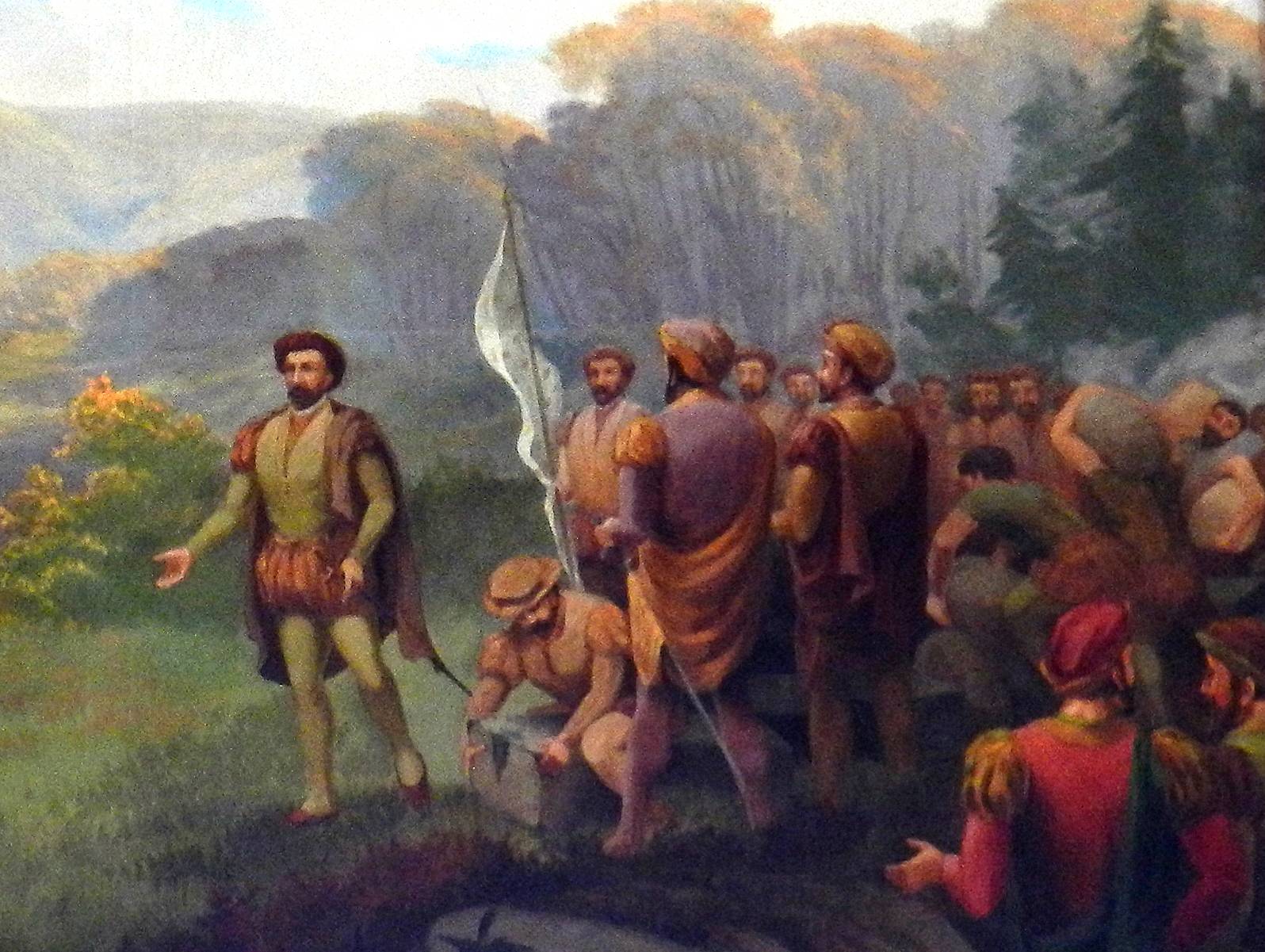 Guerinf, CC BY-SA 4.0, Wikimedia Commons
Guerinf, CC BY-SA 4.0, Wikimedia Commons
Fort Caroline, Florida
In June 1564, 200 Frenchmen came ashore on the Northeastern coast of Florida. Jean Ribault and a group of Huguenot settlers were sent by the King of France, Charles IX, to lay a French claim to Florida before the Spanish could. They were successful, building Fort Caroline on the banks of the St Johns River.
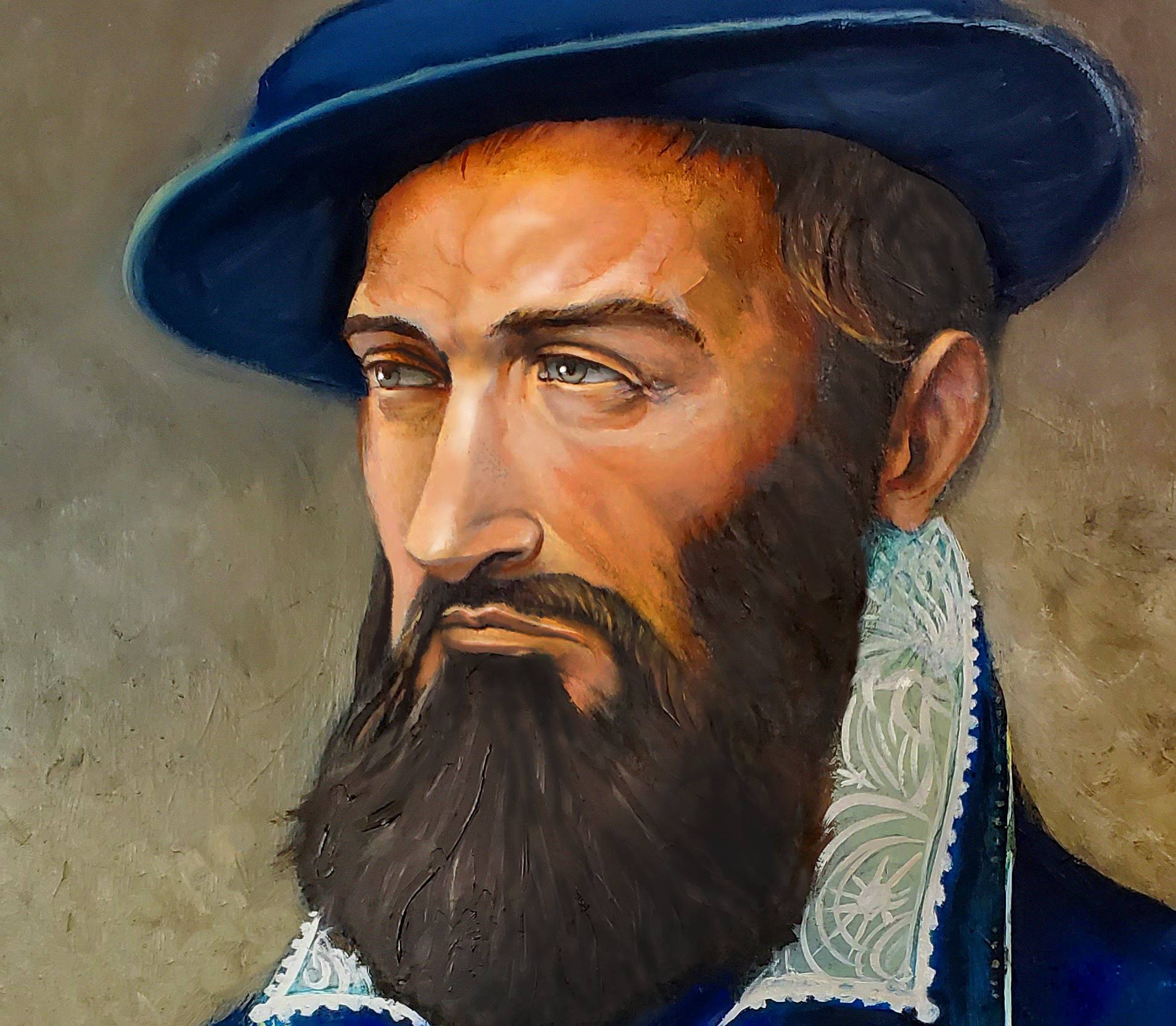 Calvin Bryant, Florida, CC BY-SA 4.0, Wikimedia Commons
Calvin Bryant, Florida, CC BY-SA 4.0, Wikimedia Commons
Illness, Hunger & Frequent Attacks By Natives
Like many colonies attempted by France in the would-be United States, they were met with fierce resistance by Native Americans. Fort Caroline was no different, only this time, the French were unprepared: they couldn't plant crops for food and soon, diseases like dysentery (once again) proved to be their downfall. Before the French enjoyed a mutually beneficial trade relationship with the local Native Americans, they found themselves under frequent attack.
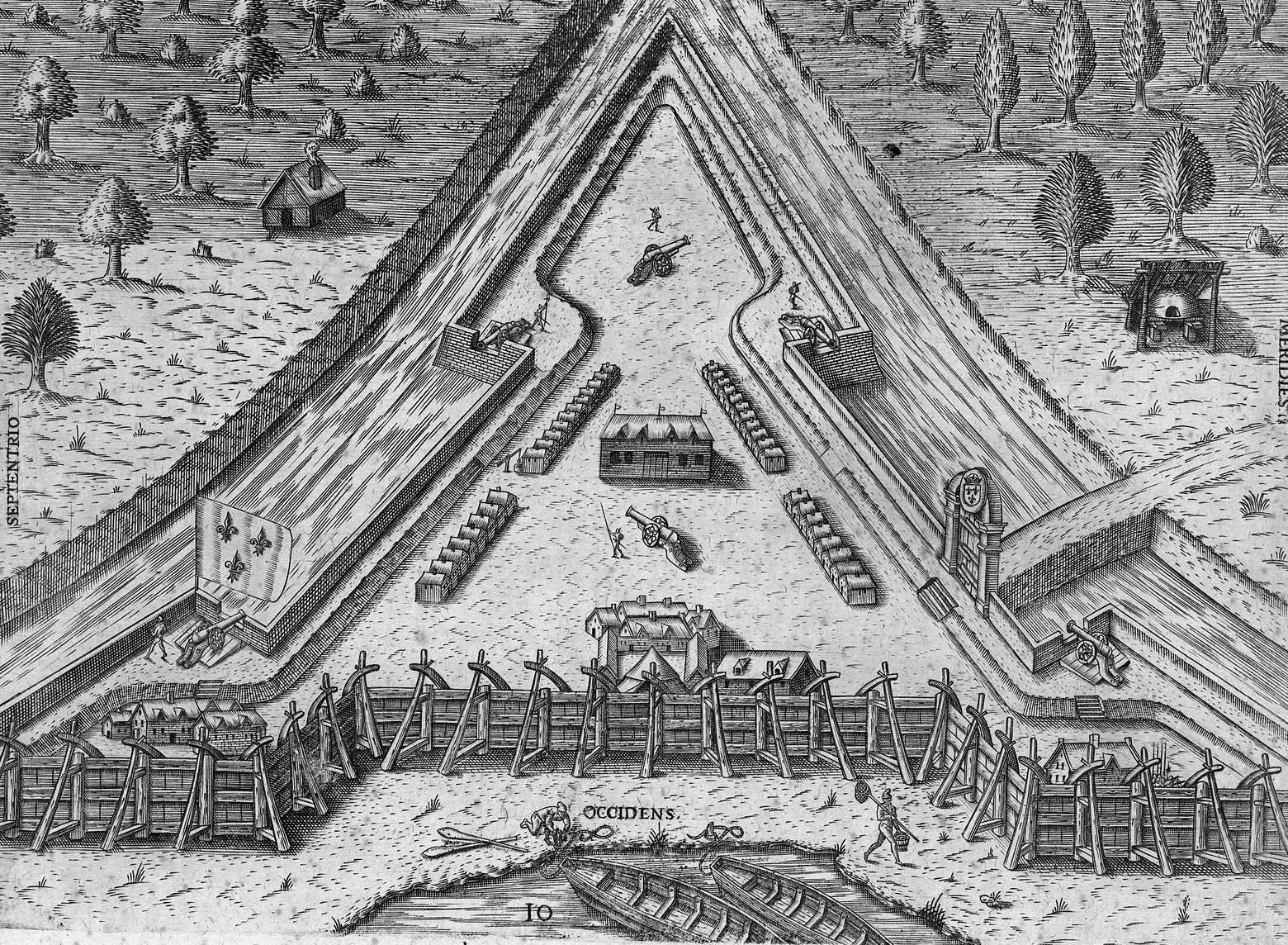 Unknown Author, Wikimedia Commons
Unknown Author, Wikimedia Commons
The Spanish Learn Of The Fort's Existence
In the summer of 1565, the Spanish learned of the existence of the fort, which by then had been reinforced by more French soldiers. Spanish explorer Pedro Menendez de Aviles set sail for Fort Caroline, but was driven off by the French reinforcements. In September 1565, the Spanish established the legendary Saint Augustine, the oldest, continually-inhabited European settlement in North America.
 José Camarón y Boronat (1730-1803), Wikimedia Commons
José Camarón y Boronat (1730-1803), Wikimedia Commons
A Quick March To Fort Caroline
While dealing with disease and discontent among the colonists, Jean Ribault also had to contend with the threat of Spain. Ribault gathered a 600-men force to attempt to take over Saint Augustine, but was turned back by bad weather. During this time, Menendez and his troops marched overland some 35 miles and attacked Fort Caroline.
 Unknown Author, Wikimedia Commons
Unknown Author, Wikimedia Commons
The Spanish Take Fort Caroline
At dawn on September 20, 1565, the Spanish attacked Fort Caroline, which was only garrisoned with 200 to 250 men, as Ribault and his fleet had been heavily damaged at sea by a storm and were marooned south of Saint Augustine. Menendez and his forces took the lives of everyone inside the fort, except for 50 women and children.
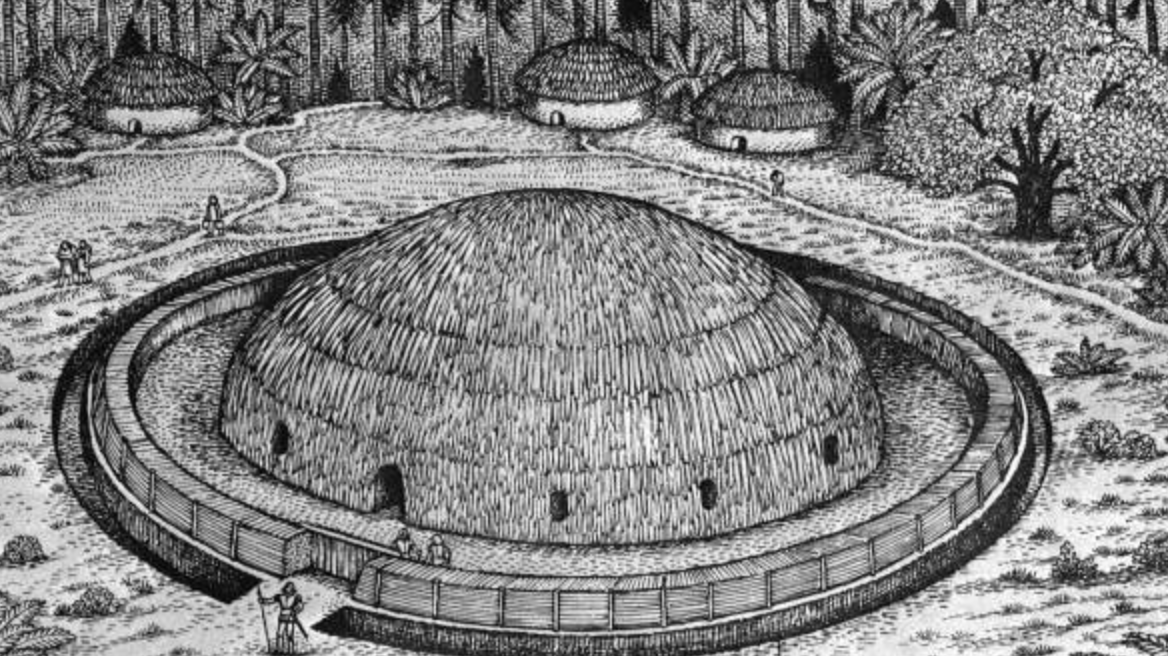 Albert Manucy, Wikimedia Commons
Albert Manucy, Wikimedia Commons
Ribault Marches To His Own Gallows
Jean Ribault and his remaining force marched north, toward Fort Caroline, but were captured by Menendez's men. Ribault ordered his men to surrender, believing that they would be treated well as honor would dictate. He did not expect Menendez to identify them all as Lutherans (therefore heretics) and order their execution. Several hundred men, including Ribault, were murdered by Menendez in an act of brutality that shocked Europeans. Fort Caroline was then burned to the ground.
 Le_Moyne_de_Morgues, Wikimedia Commons
Le_Moyne_de_Morgues, Wikimedia Commons
Santa Elena, South Carolina
Another failed colony of France in North America was Charlesfort, not far from the equally ill-fated Fort Caroline. "Santa Elena" was the new name given to Charlesfort by Menendez in 1566. Menendez must have liked the site, because it was supposed to be the new capital of the Spanish colony.
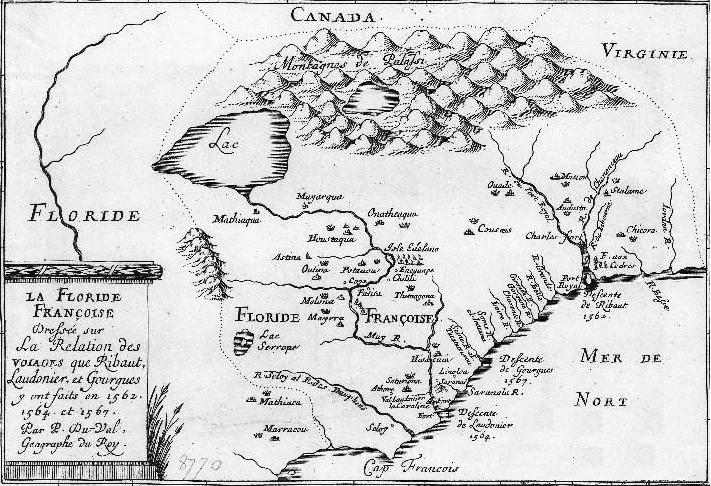 RuggyBearLA, CC BY 2.0, Wikimedia Commons
RuggyBearLA, CC BY 2.0, Wikimedia Commons
Becoming A Military & Political Hub
For a while, the Spanish really did settle into life at Santa Elena, using it as a military and political hub. It became a base of operations for the conquistadors to push north and explore new territory in South Carolina and Georgia. Juan Pardo, a Spanish explorer, used Santa Elena as his staging ground for expeditions, on the orders of Menendez.
 RuggyBearLA, CC BY 2.0, Wikimedia Commons
RuggyBearLA, CC BY 2.0, Wikimedia Commons
Juan Pardo's Forays Into The American Interior
Juan Pardo founded Fort San Juan in the interior of North Carolina along with four other major forts, some in North Carolina, others in Tennessee. He mistakenly thought that the Appalachian Mountains would connect to the Mexican mountain range and lead to Zacatecas, where the Spanish had successfully mined silver.
 Geronimo Chaves, Wikimedia Commons
Geronimo Chaves, Wikimedia Commons
The Natives Turn On Juan Pardo
As Juan Pardo encountered Native Americans on his route, his men would either befriend them, building a trade relationship, or move them on from their traditional hunting grounds. This turned ugly in 1568, when every Pardo-built Spanish fort came under attack, including Santa Elena.
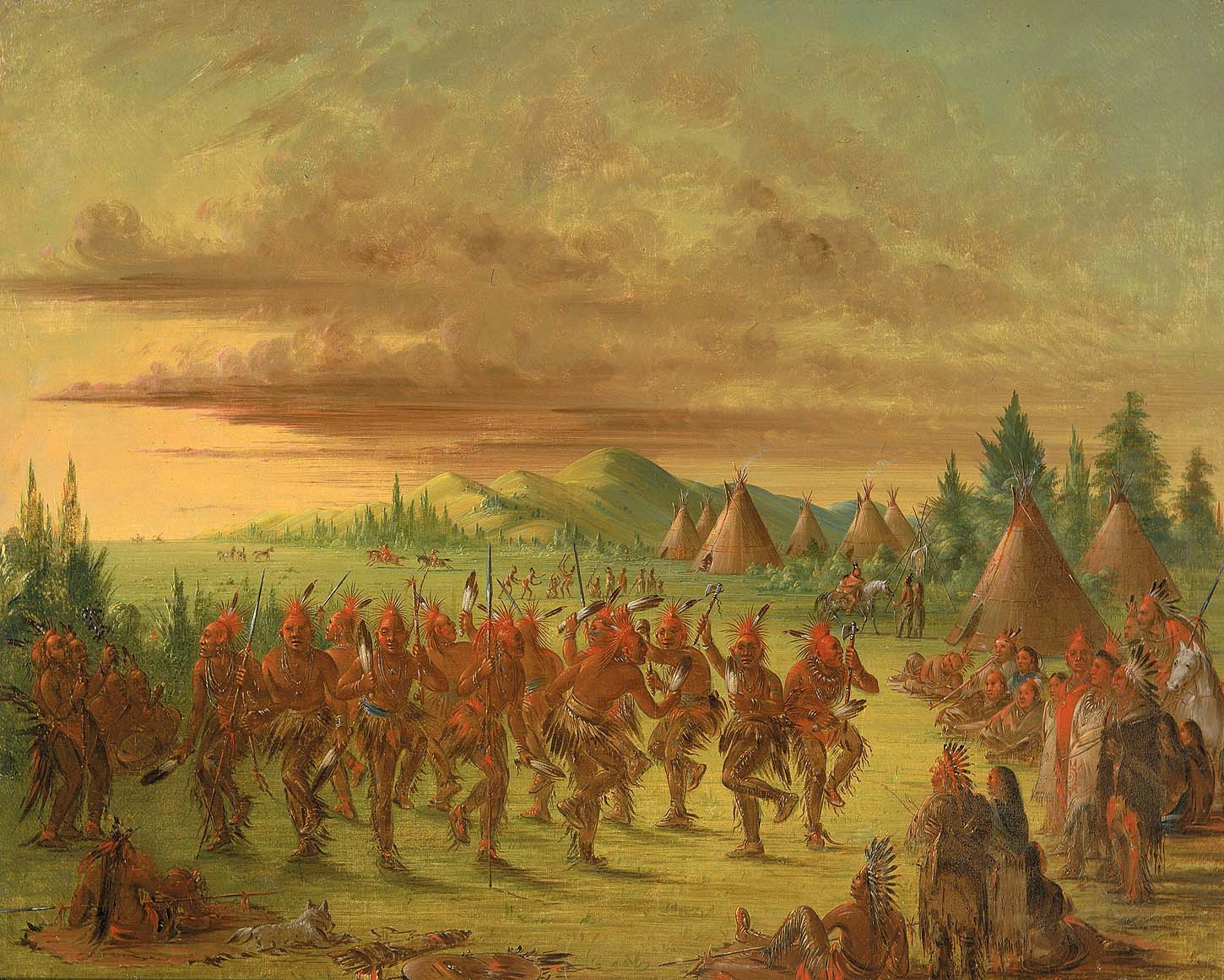 George Catlin, Wikimedia Commons
George Catlin, Wikimedia Commons
Leaving Only One
The Native Americans who attacked the Spanish fortifications, including Santa Elena, killed all but one of Pardo and Menendez's 120-strong garrison, which had been spread out across each of the small fortifications. This drove the Spanish out of the Santa Elena for good, who turned their attention to central America.
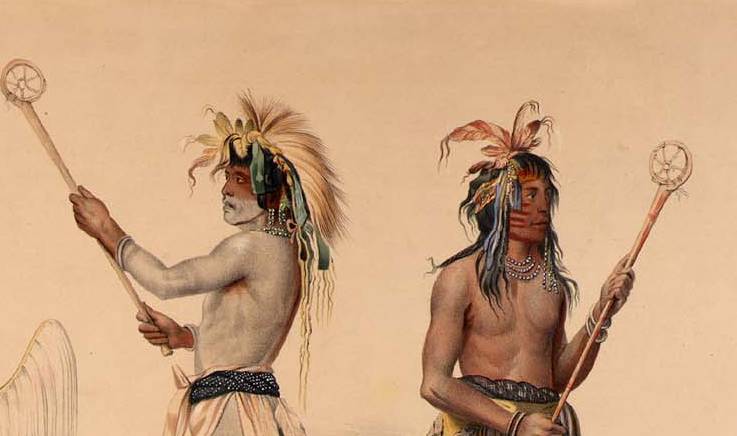 George Catlin, Wikimedia Commons
George Catlin, Wikimedia Commons
San Juan, Florida
Another fort founded by Juan Pardo was San Juan, located in the town of Joara, which was soon renamed to "Cuenca" after the Spanish settled it in 1565. While on commission from the King of Spain to find silver and gold to return to Europe with it, Juan Pardo "founded" Cuenca and set about building a fort.
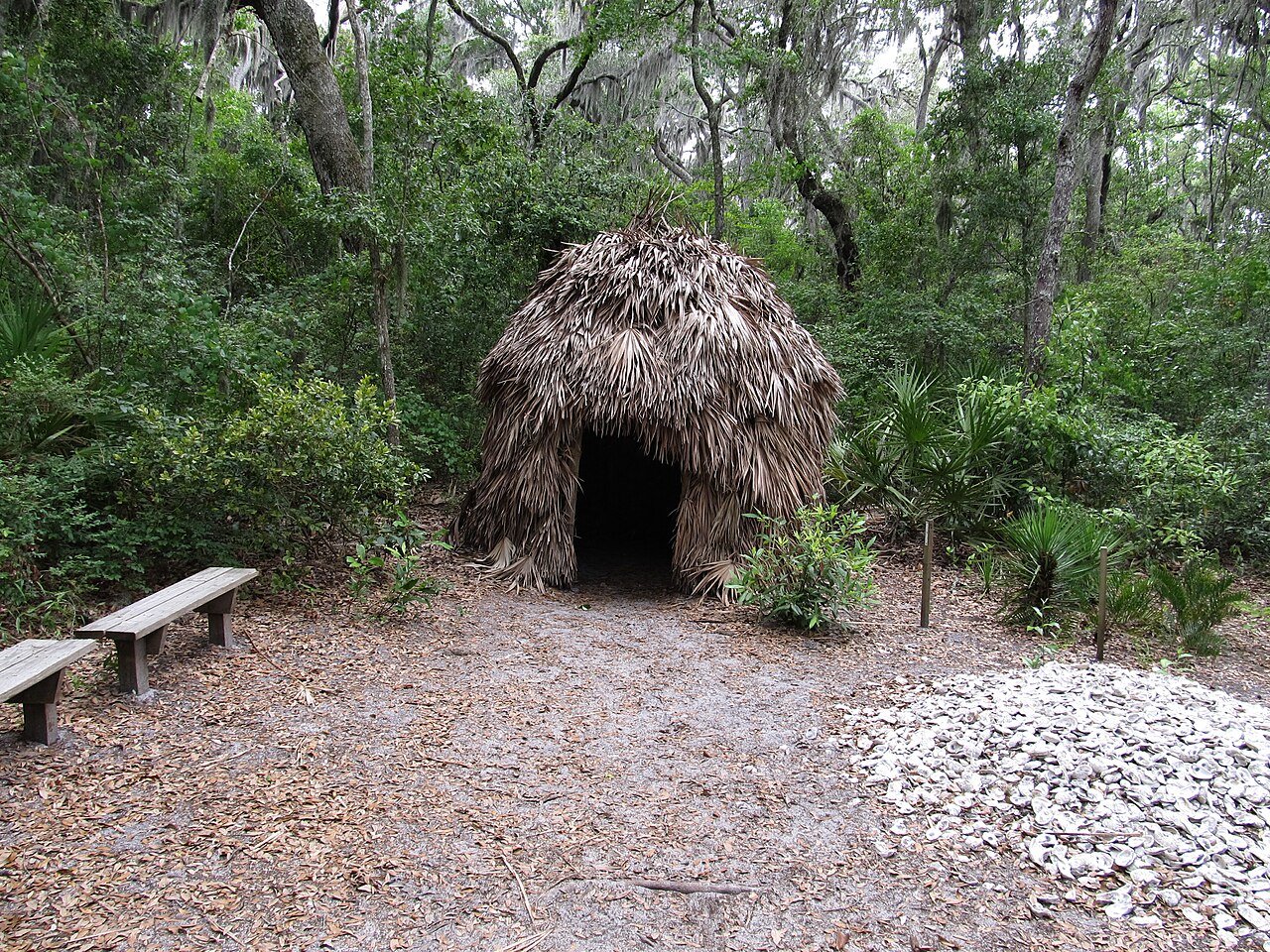 Ken Lund, CC BY-SA 2.0, Wikimedia Commons
Ken Lund, CC BY-SA 2.0, Wikimedia Commons
The Largest Fort In The Area
Despite building five other forts in the area, San Juan became the largest of the Spanish forts in the interior of northern Florida and southern North Carolina. It was the first European settlement in the interior of the United States and the first European settlement in North Carolina, completed in 1567.
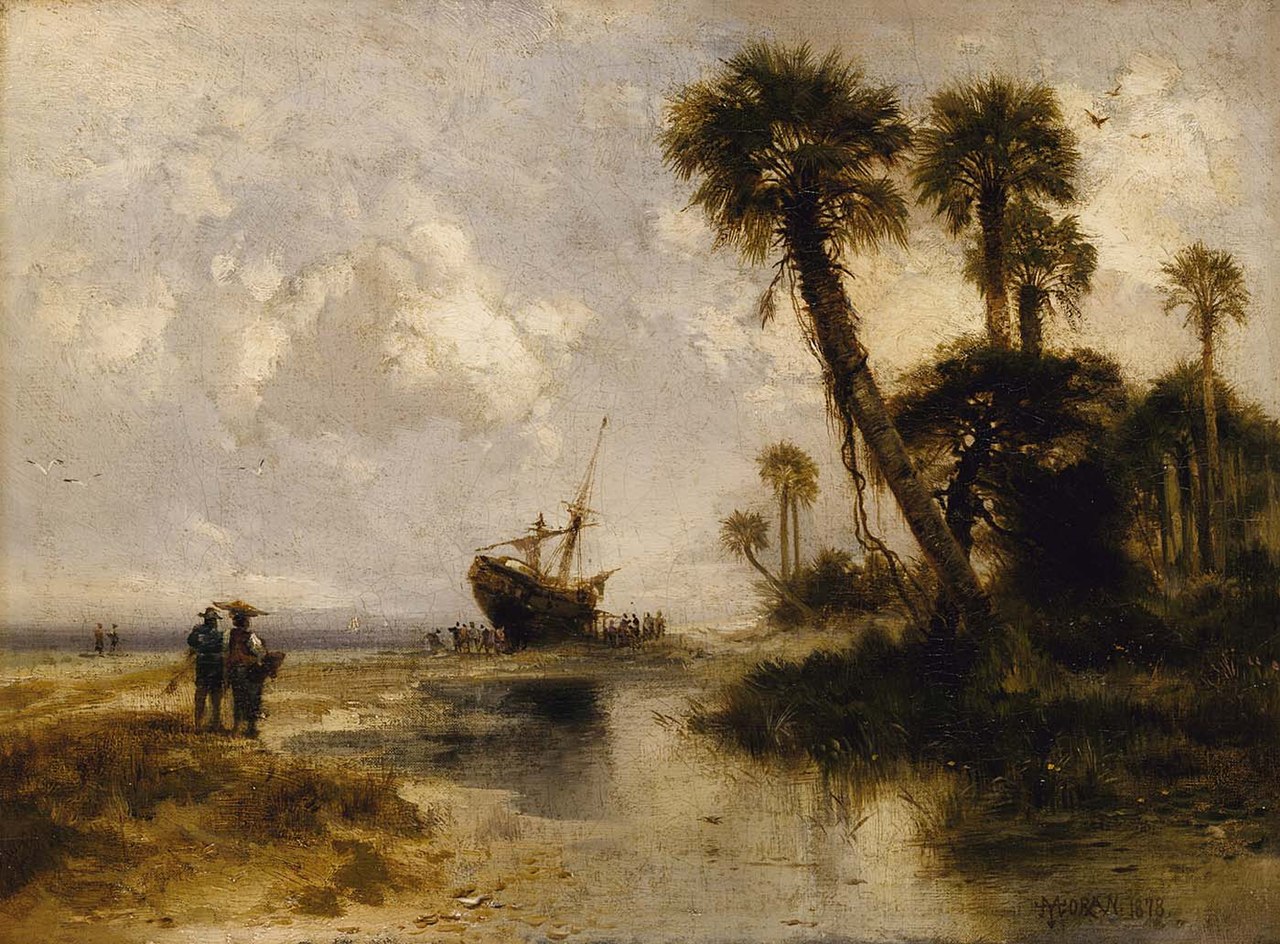 Thomas Moran, Wikimedia Commons
Thomas Moran, Wikimedia Commons
Coming Under Native Attack
One year after it and five other forts were completed, Juan Pardo and San Juan came under attack by local Native American tribes who were fed up with the Spanish conquistadors pushing them further and further away from their ancestral home. The Natives razed San Juan to the ground, leaving only one survivor who hid in the woods to escape.
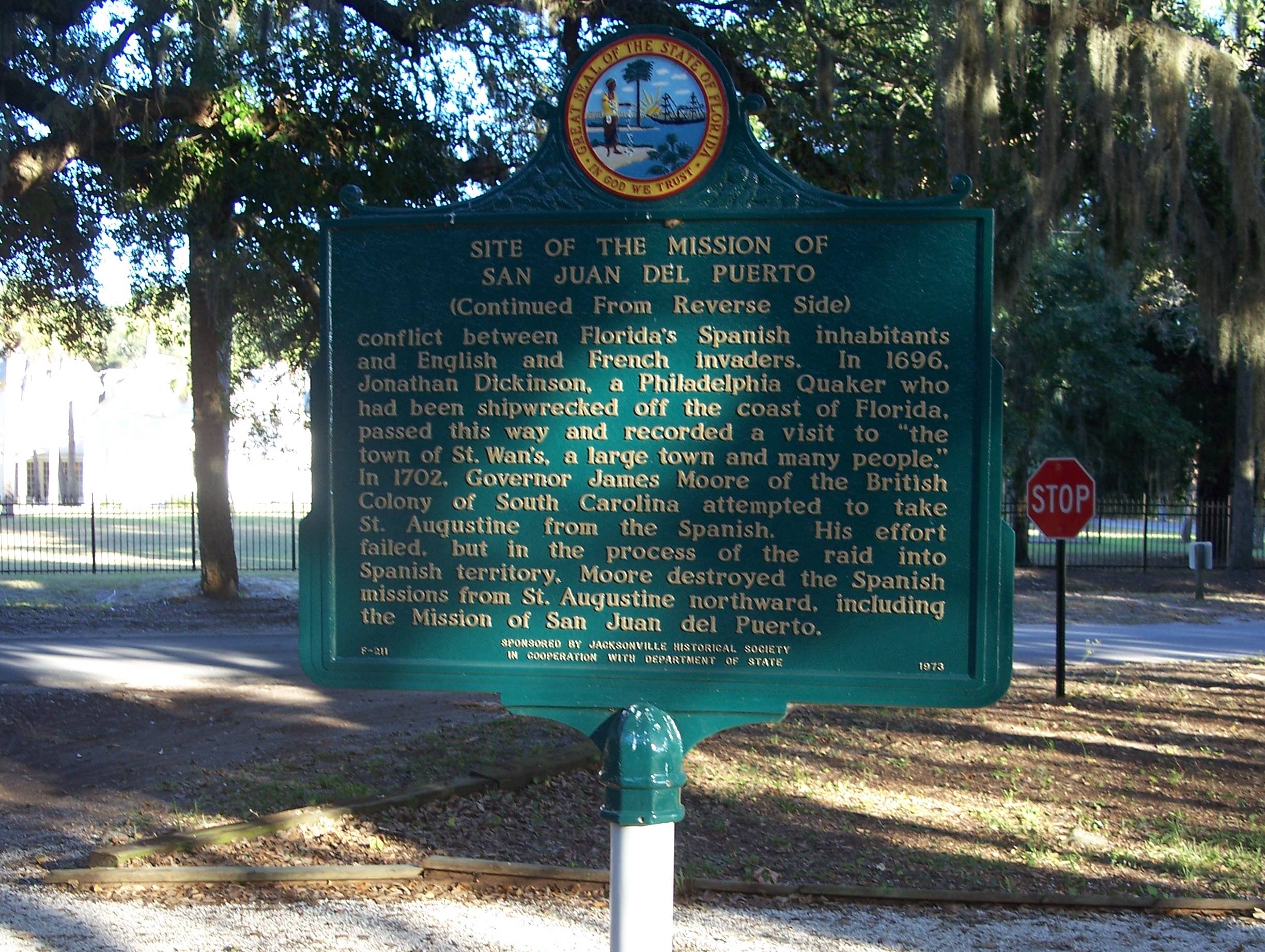 Ebyabe, CC BY-SA 3.0, Wikimedia Commons
Ebyabe, CC BY-SA 3.0, Wikimedia Commons
The Ajacán Mission, Virginia
One of the lesser-known failed colonies of the Spanish was the Ajacán Mission. The Ajacán Mission offers an unbelievable story of the return of a prodigal son to his native lands, all beginning in 1561, when a Spanish raiding party kidnapped a Native American child from the Chesapeake Bay area. But this kidnapping was just the beginning of the story of the Ajacan Mission.
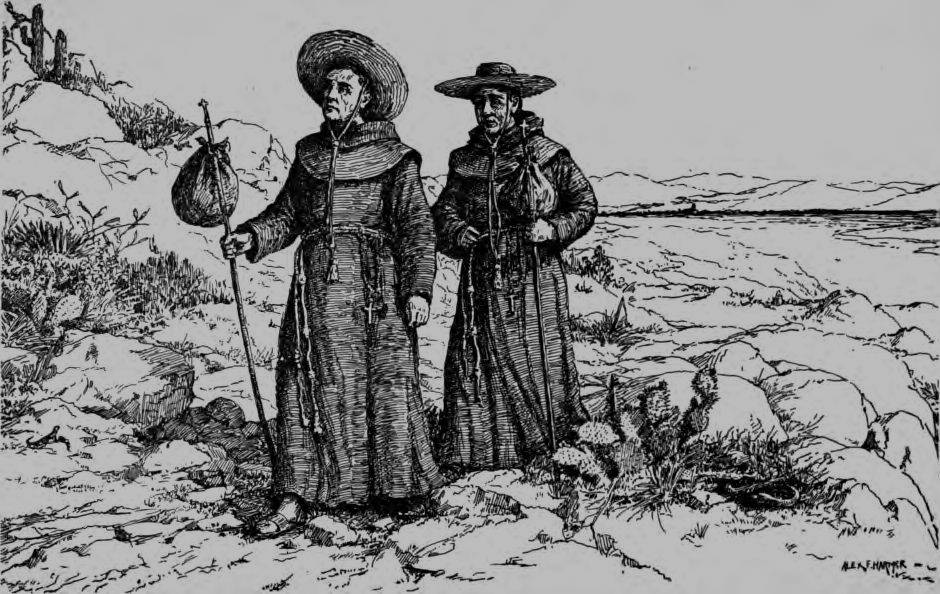 Unknown Author, Wikimedia Commons
Unknown Author, Wikimedia Commons
The Kidnapped Boy Becomes A Catholic
Originally taken to Spanish-settled Mexico, the Native child (who's birth name we don't know) was converted to Catholicism and christened as "Don Luis," in honor of New Spain's viceroy, Luis de Velasco. He would become schooled and educated in Catholicism, receiving Jesuit school education. When he grew up, the boy was taken to Madrid and met with the King of Spain.
 Choate, J. N, Wikimedia Commons
Choate, J. N, Wikimedia Commons
A Mission Without The Military
In 1570, a Cuba-based Father, Juan Batista De Segura, was growing tired of dissolving Spanish missions in North America after resounding military defeats by the Native Americans. He wanted to found a mission without military support, believing that a soft approach would be best.
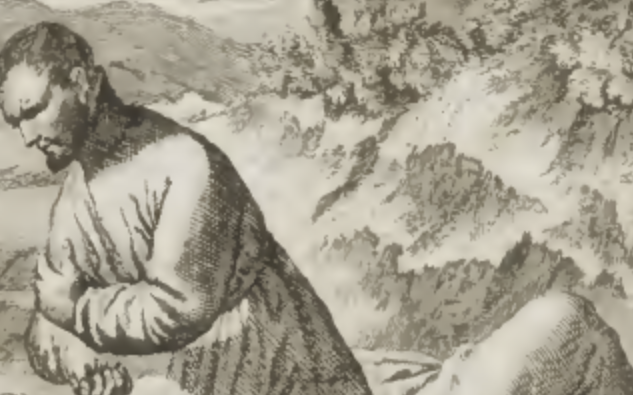 Melchior Küsel, Wikimedia Commons
Melchior Küsel, Wikimedia Commons
Don Luis Accompanies The Spaniards
Now a fully-frocked member of the Catholic faith, Don Luis accompanied the Spaniards on this new mission to Ajacán, Virginia. Upon arrival, Don Luis and his new Spanish brethren set about constructing a village. The Jesuits learned that Don Luis hadn't seen his home village in almost 10 years, as he requested leave to go and locate the village. This was granted.
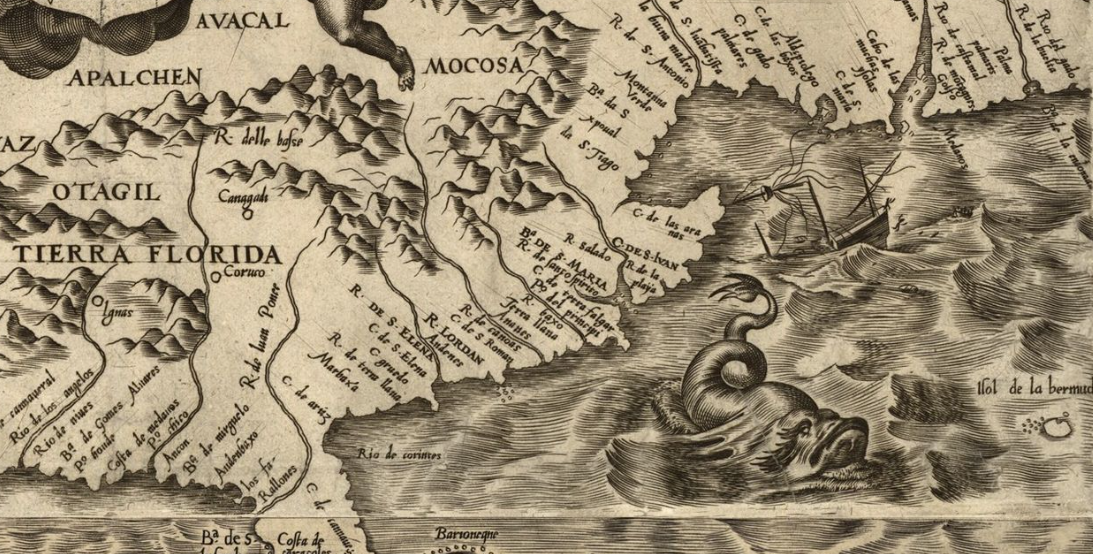 Gutiérrez, Diego, fl. 1554-1569., Wikimedia Commons
Gutiérrez, Diego, fl. 1554-1569., Wikimedia Commons
Don Luis Realigns Himself With His Home & People
Whether this had been part of Don Luis' plan all along, or if he'd had a change of heart and faith while reacquainting himself with his old home, Don Luis turned on the Jesuit priests. When they located his village in 1571, he and his fellow Native Americans massacred the entire party, including the priests. Only a young Spanish boy, Alonso de Olmos, was spared.
 Melchior Küsel, Wikimedia Commons
Melchior Küsel, Wikimedia Commons
The Spanish Return For Vengeance
With Alonso de Olmos under the care of the chief of the tribe, the Spanish sent a supply ship to restock the mission for several months (presuming they'd been successful), but were met with Native Americans dressed in clerical garb who attacked them. After the Spanish had overwhelmed the attacking Natives, several captives told them about Alonso de Olmos.
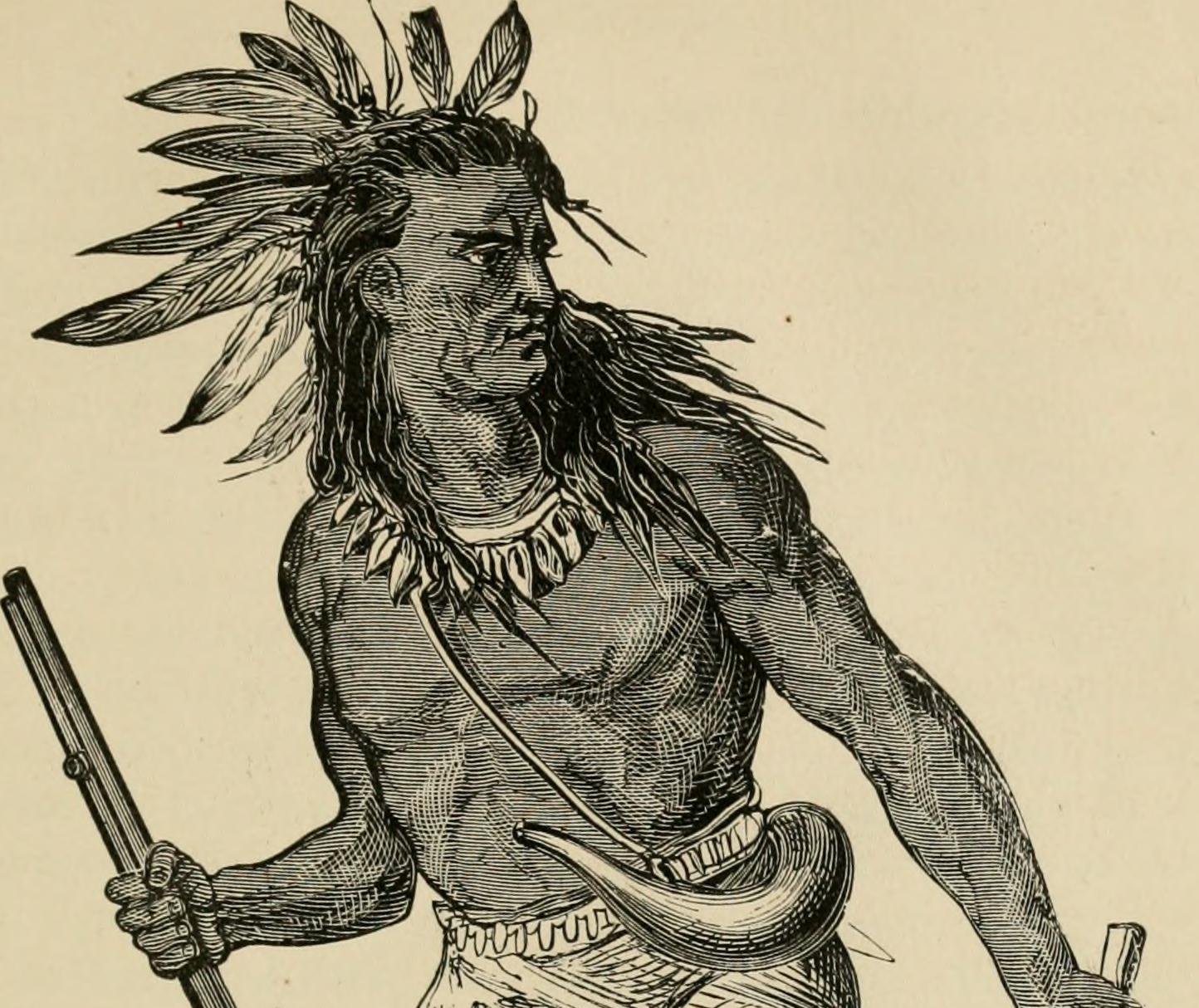 Chas. C. Chapman & Co., Wikimedia Commons
Chas. C. Chapman & Co., Wikimedia Commons
The Spanish Abandon The Ajacán Mission
Despite the killing of 20 Native Americans and the attempts to locate Don Luis, the Spanish were ultimately unsuccessful and abandoned the mission at Ajacán in 1572. Chalk it up to another failed Spanish attempt to colonize America.
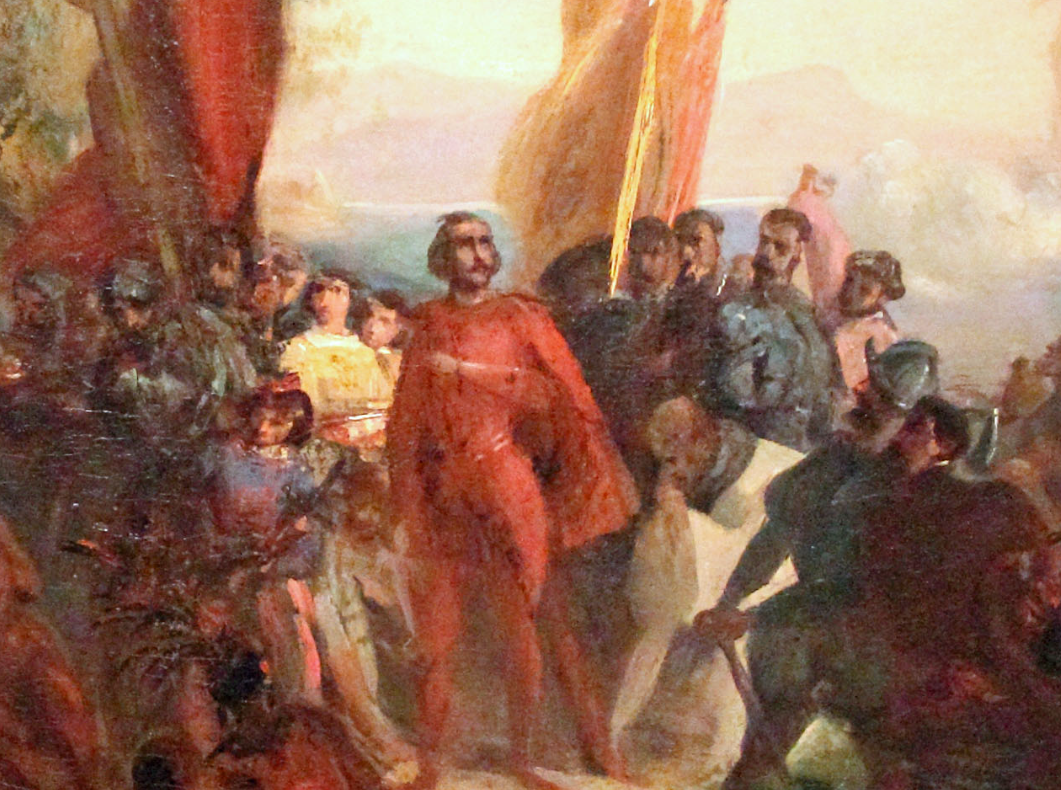 Johan Moritz Rugendas, Wikimedia Commons
Johan Moritz Rugendas, Wikimedia Commons
Saint Croix Island, Maine
Saint Croix Island was supposed to be the starting point of a brand new French colony in 1604. The French had spent a lot of time surveying lands that were supposed to be suitable for settlement prior to landing at Saint Croix Island, discovering it was a near-perfect place to launch their new settlement in a region they called "Acadia".
Why Was Saint Croix Perfect For The French?
The French chose Saint Croix for several reasons: it was only accessible by boat, it was easily defensible from all directions, the soil looked good, and there were plenty of trees to use for construction. After settling on Saint Croix, the early days of the colony were fantastic as the French traded with the local Native Americans who visited Saint Croix for mediation of disputes. It seemed the island was a new haven in New France.
The First Winter
Unfortunately for the French, that heavenly feeling didn't last long. In October of 1604, it began to snow and the temperature plummeted to near zero degrees—not something the French were accustomed to or prepared for. Despite their friendly relationship with the Native Americans, they couldn't stay warm and the river between Saint Croix and the mainland froze over, preventing the colonists from escaping the brutal winter conditions.
"Land Disease" Hits
Originally known as "land disease" by the French, many began to fall ill with scurvy, which drained their energy and caused tooth decay to the point where their teeth would fall out. This scurvy bout lasted for months and killed many of the French. Their expedition leader, Francois Dupont, had left the colony soon after its establishment.
Abandoning Saint Croix
Shocked at how the winter and illness had decimated the population, the colonists made the decision to abandon Saint Croix in June of 1605, dismantling their wooden huts and shipping them across the Saint Croix River to a new settlement: Port Royal, Nova Scotia.
 Samuel de Champlain, Wikimedia Commons
Samuel de Champlain, Wikimedia Commons
Port Royal, Nova Scotia
Located on the shores of the Annapolis Basin in Nova Scotia, Canada, Port Royal became the first French settlement in Canada in 1605. After timber arrived from Saint Croix Island that summer, the French began construction of a palisade around the buildings to protect them from invasion. The sheer size of the Annapolis Basin meant the French envisioned a huge mooring site for hundreds of ships.
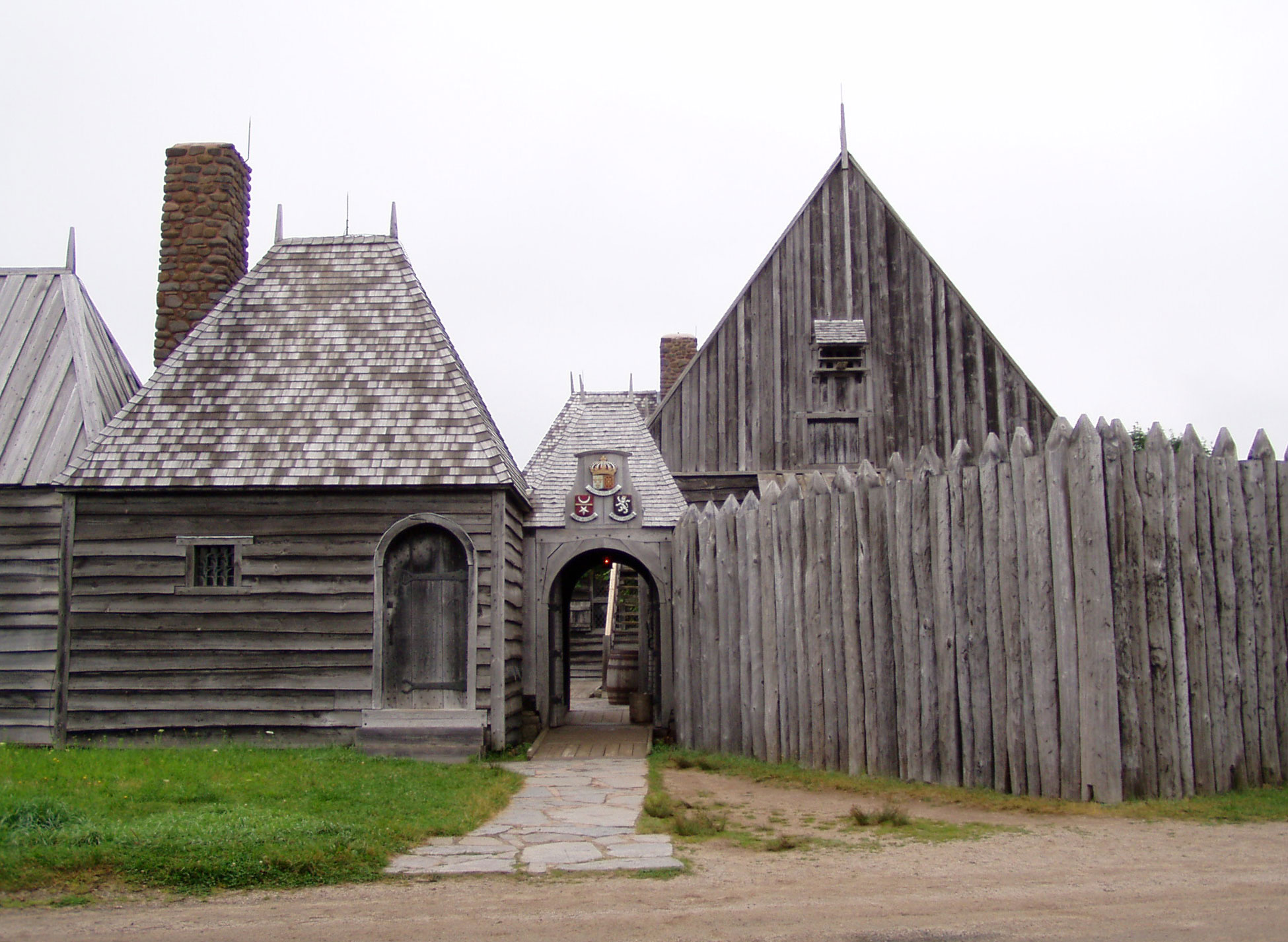 Dlanglois, CC BY-SA 3.0, Wikimedia Commons
Dlanglois, CC BY-SA 3.0, Wikimedia Commons
Prosperous Port Royal
In the early years of the settlement, the French were supported by the local Mi'kmaq people, an eastern Canadian tribe who maintained a generally positive relationship with the French throughout the early years of European colonization of eastern Canada and the United States. Due to this relationship, the temperate climate, and fertile soil, Port Royal prospered like no other French colony in Canada.
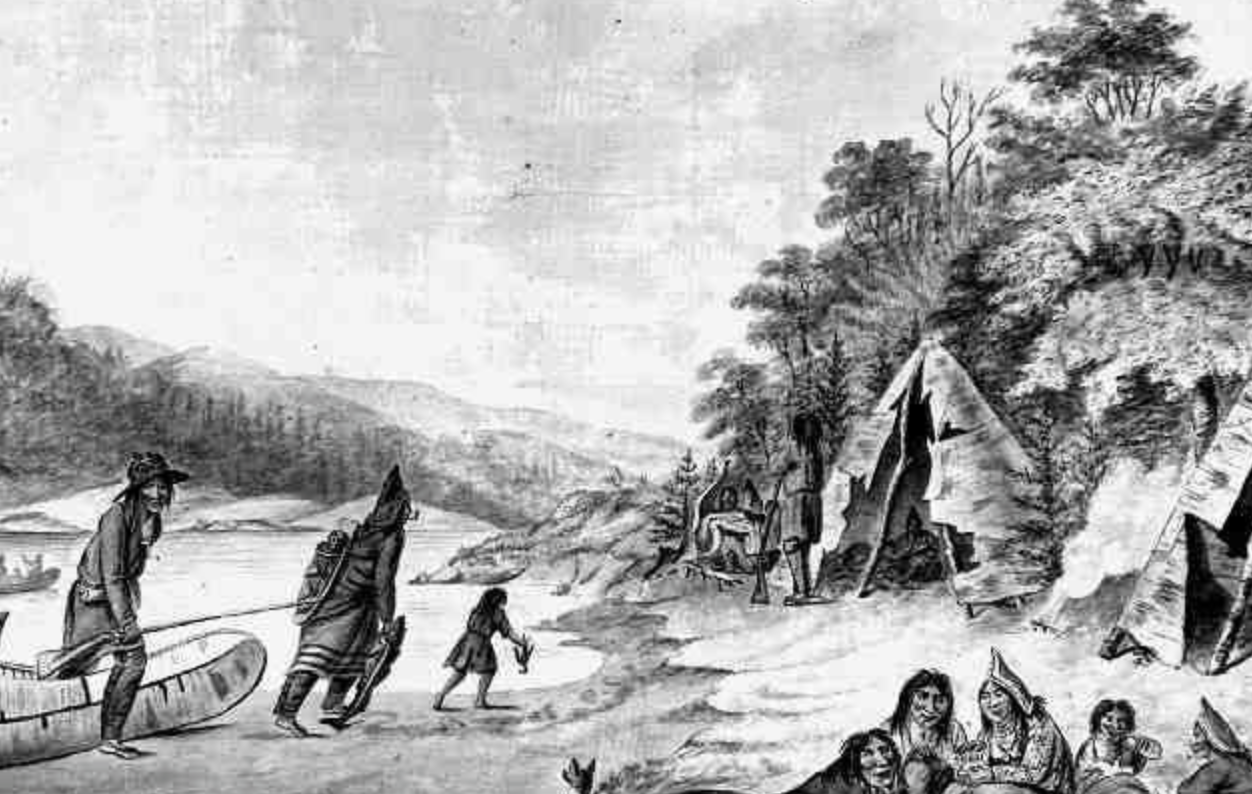 Hibbert Binney, Wikimedia Commons
Hibbert Binney, Wikimedia Commons
Pierre Dugua De Mons Has His Trading License Revoked
The founder of Port Royal, French trader and expedition leader Pierre Dugua De Mons, was not a well-liked man back in France. He was particularly disliked among the fur trading community, both at home and in the new colony. His enemies petitioned the King of France to revoke his trading license, which the King did in 1607. Overnight, the colony's main source of income (trading furs) was gone.
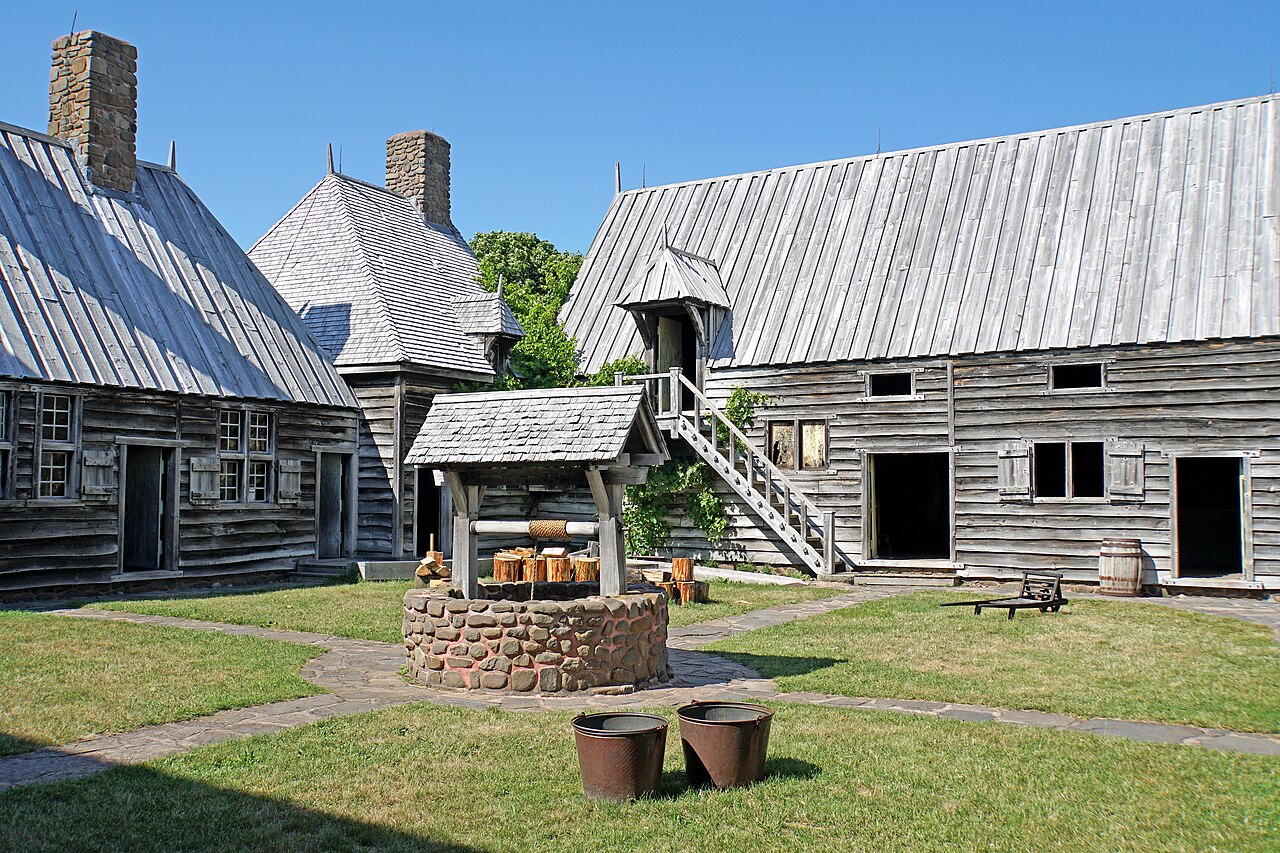 Dennis G. Jarvis, CC BY-SA 2.0, Wikimedia Commons
Dennis G. Jarvis, CC BY-SA 2.0, Wikimedia Commons
The First Abandonment Of Port Royal
Following the revocation of his license and the loss of income, Port Royal was abandoned by De Mons and his cohorts, and left in the hands of the Mi'kmaq people. In 1610, the French returned and were surprised to learn that the colony had been inhabited by Jesuits. Scuffles and other arguments perturbed the settlement, but the worst was yet to come.
 Unknown Author, CC BY-SA 4.0, Wikimedia Commons
Unknown Author, CC BY-SA 4.0, Wikimedia Commons
The Raid Of Port Royal By The British
In 1613, English explorer Samuel Argall received orders from London to raid the French settlement of Port Royal, along with other French settlements in Canada. He and his men attacked Port Royal and burned it to the ground, capturing many French prisoners along the way. Those that weren't captured went to live among the Mi'kmaq and the French never again tried to settle Port Royal. Today, it's a National Historic Site.
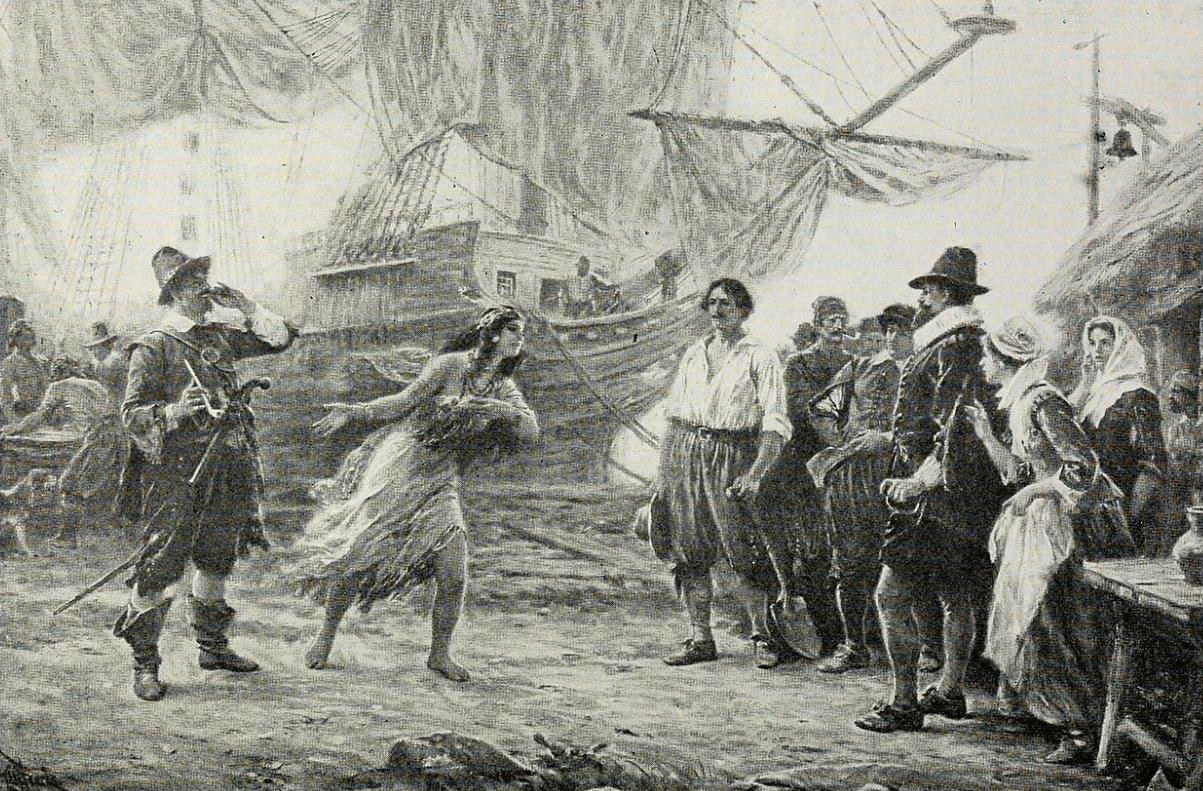 Jean-Léon Gérôme Ferris, Wikimedia Commons
Jean-Léon Gérôme Ferris, Wikimedia Commons
The Mystery Of Roanoke
By far one of the most famous failed North American colonies is the Roanoke Colony of 1585. After Sir Walter Raleigh had been a charter for Queen Elizabeth I, authorizing him to establish a colony in North America, he would land in Roanoke in August of 1585 with a small group of 100 people.
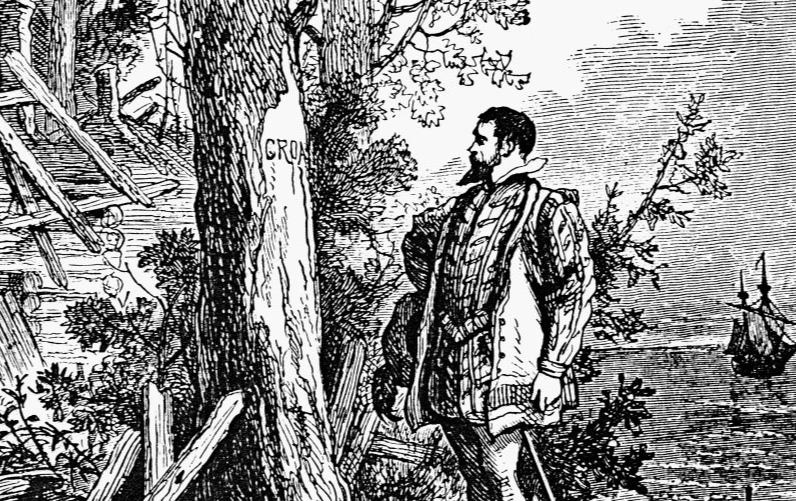 John Parker Davis, Wikimedia Commons
John Parker Davis, Wikimedia Commons
An Attack & A Rescue
In 1586, while Walter Raleigh and a contingent of the original 100 people were headed for England to gather more supplies, Native Americans would attack the Roanoke Colony repeatedly, killing many colonists. The remaining colonists were then rescued by Sir Francis Drake, who was on his way back to England.
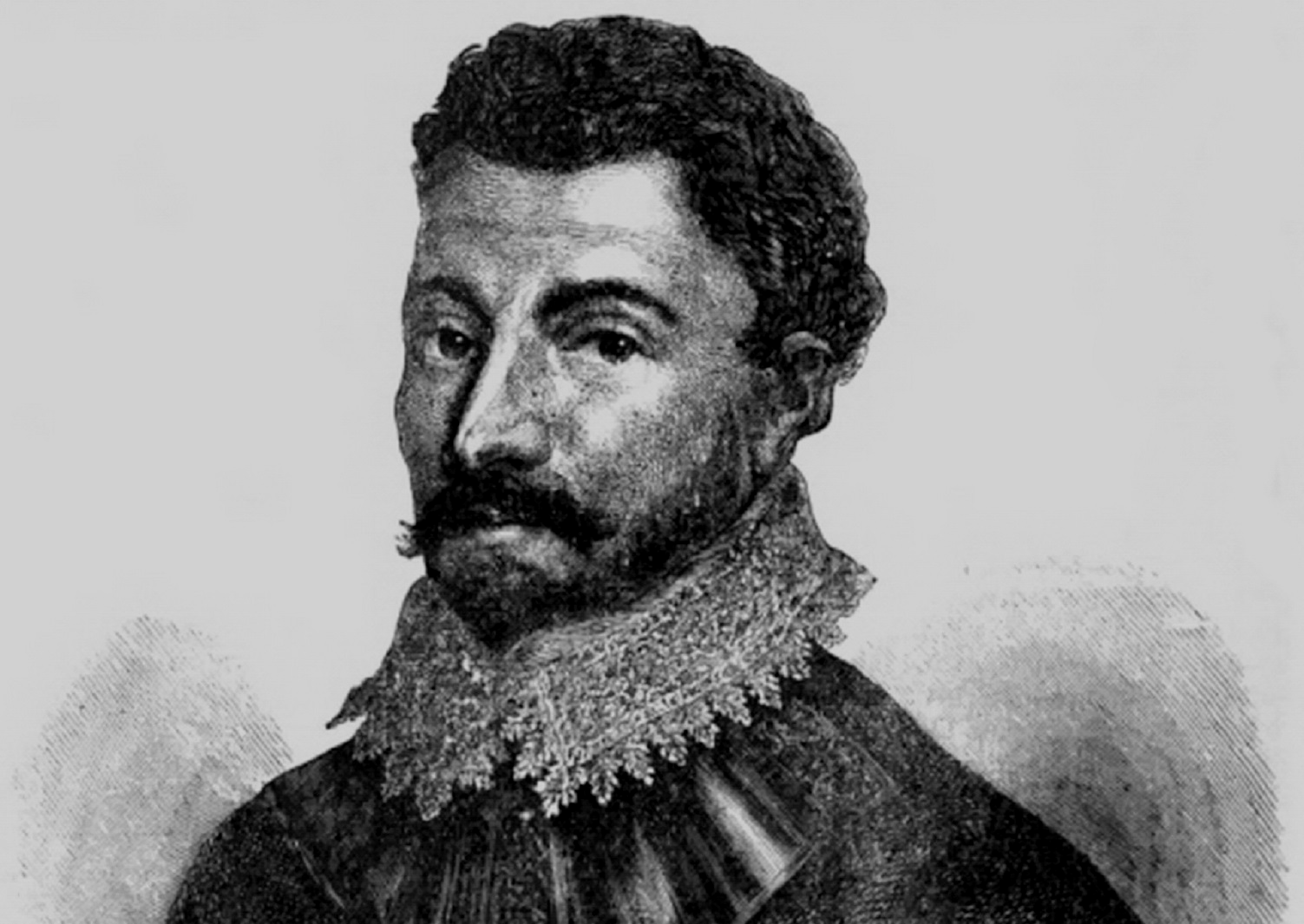 John Cassell, Wikimedia Commons
John Cassell, Wikimedia Commons
15 Men Hold The Colony For Raleigh
Upon his return to Roanoke, Raleigh discovered the colony abandoned and left behind a small contingent to "hold the line", so to speak. In 1587, another 115 colonists were dispatched to help the 15 that had been left there, but all they found was a single skeleton.
 AWP, Lost Colony:The Legend of Roanoke (2007)
AWP, Lost Colony:The Legend of Roanoke (2007)
Roanoke Vanishes Into Thin Air
After three years of war with Spain and duties to England had kept Raleigh from his charge at Roanoke, the original fleet of ships finally returned to the colony to find everything abandoned. No sign of a struggle, no bones of bodies, only neat piles of wood from the buildings that once stood. And a single word carved into a fence: "CROATOAN". No further trace of the Roanoke colony has ever been found.
You May Also Like:
The Countries With The Most American Expats
The Lacandon People: An Ancient Mayan Tribe In A Fight For Survival
The Daring Life Of Prince Albert I: Monaco's Sailor Prince
 Design by William Ludwell Sheppard, Engraving by William James Linton, Wikimedia Commons
Design by William Ludwell Sheppard, Engraving by William James Linton, Wikimedia Commons


